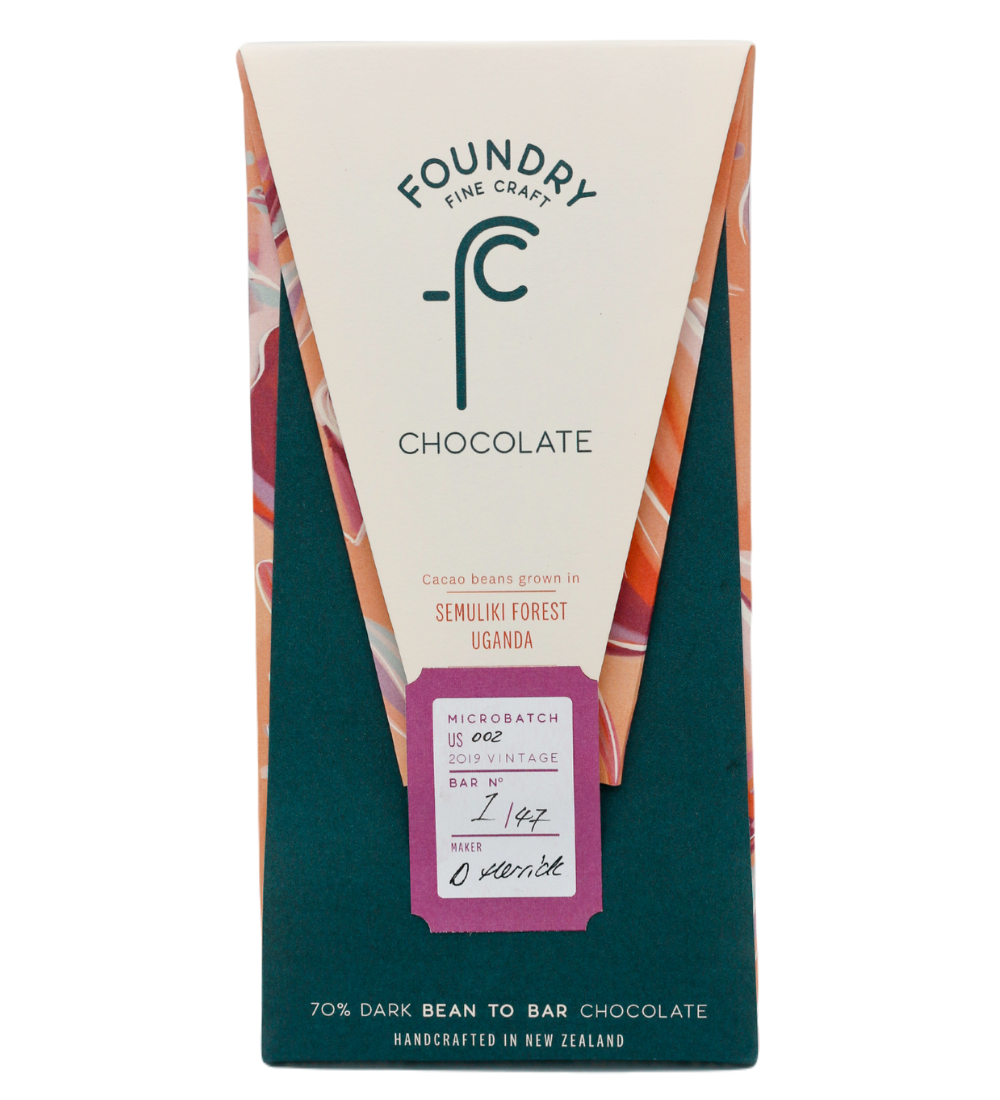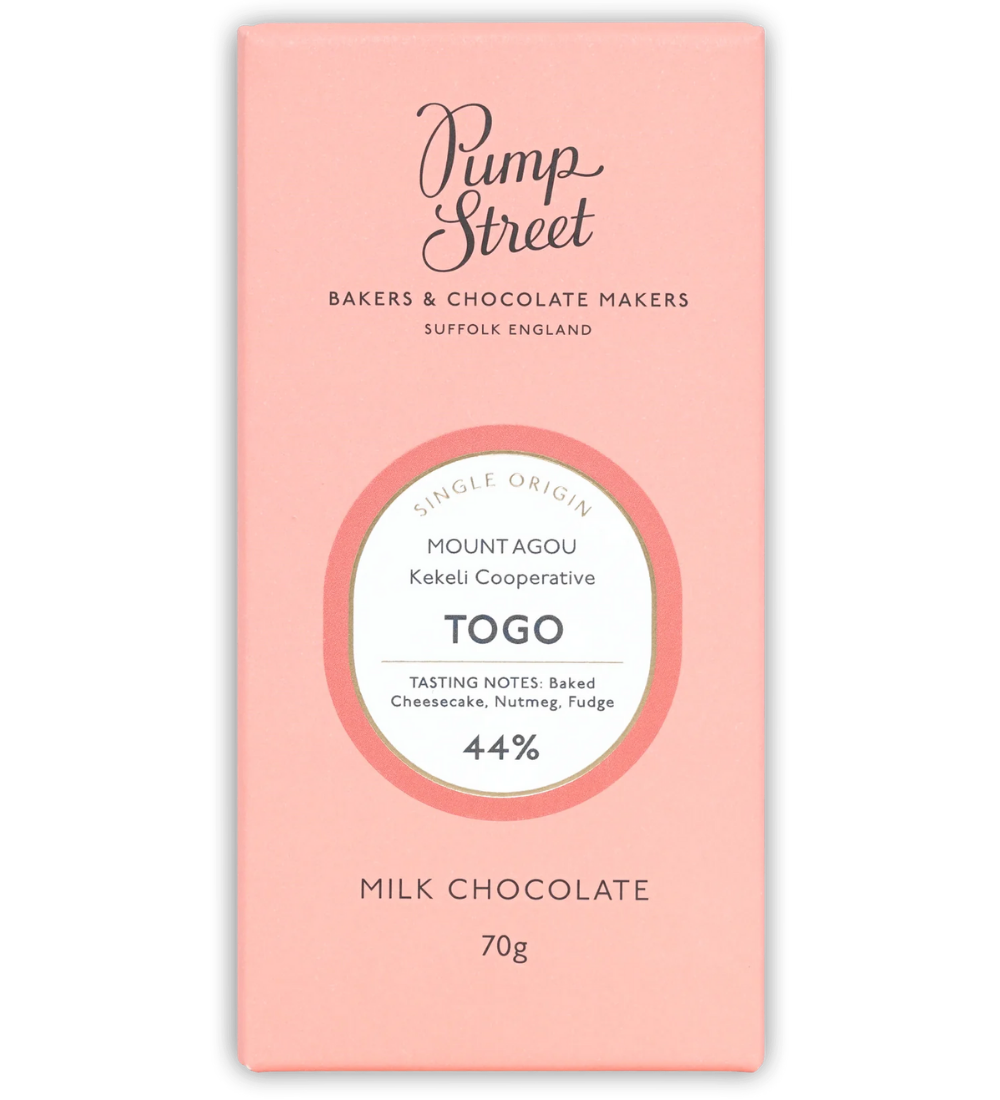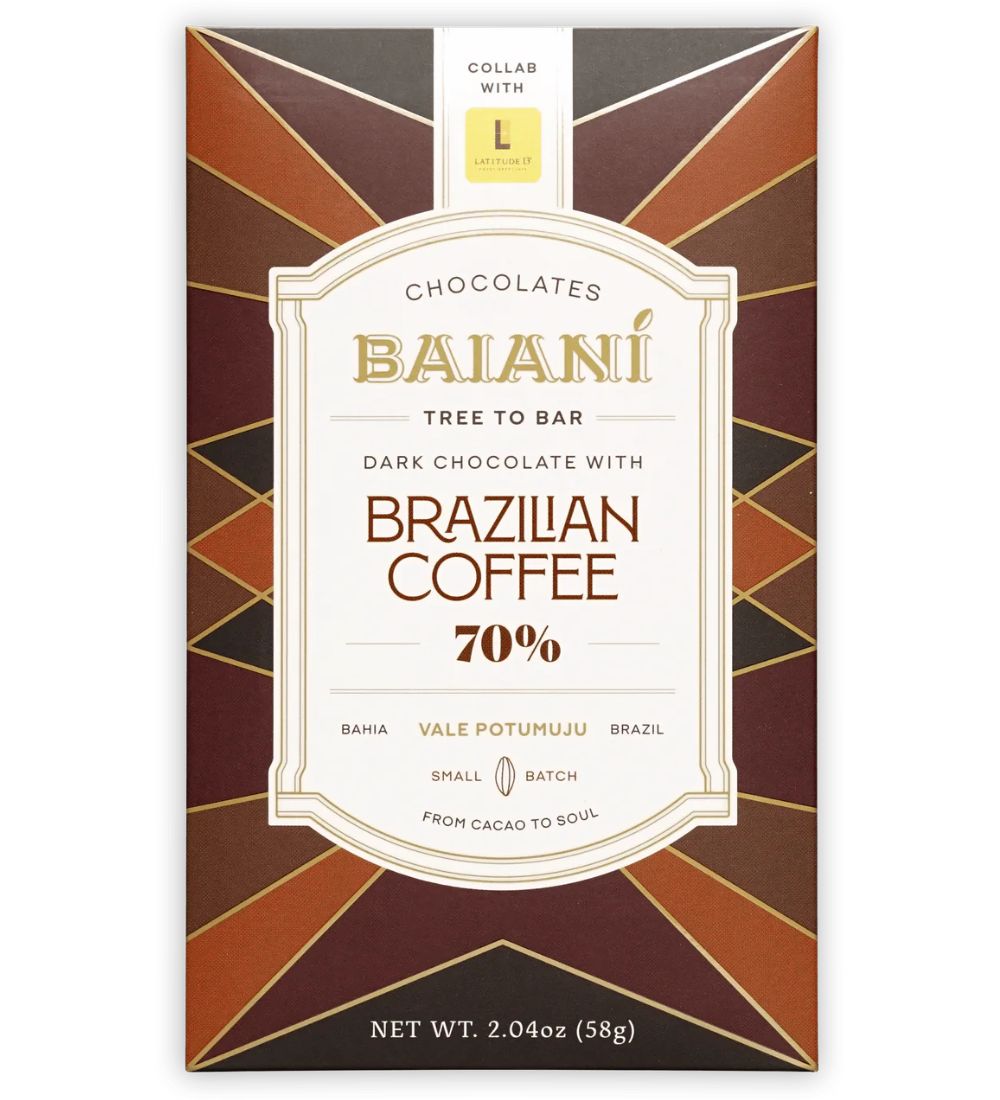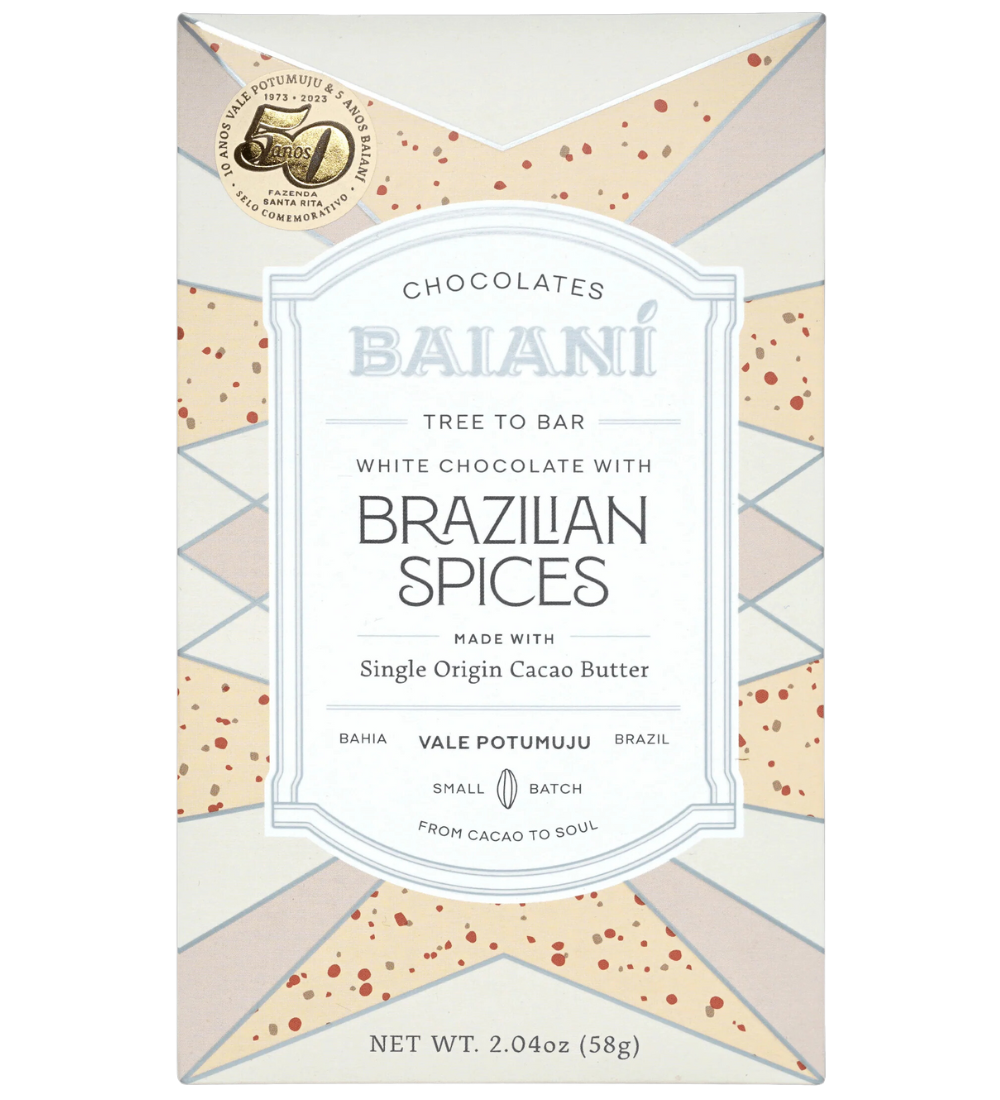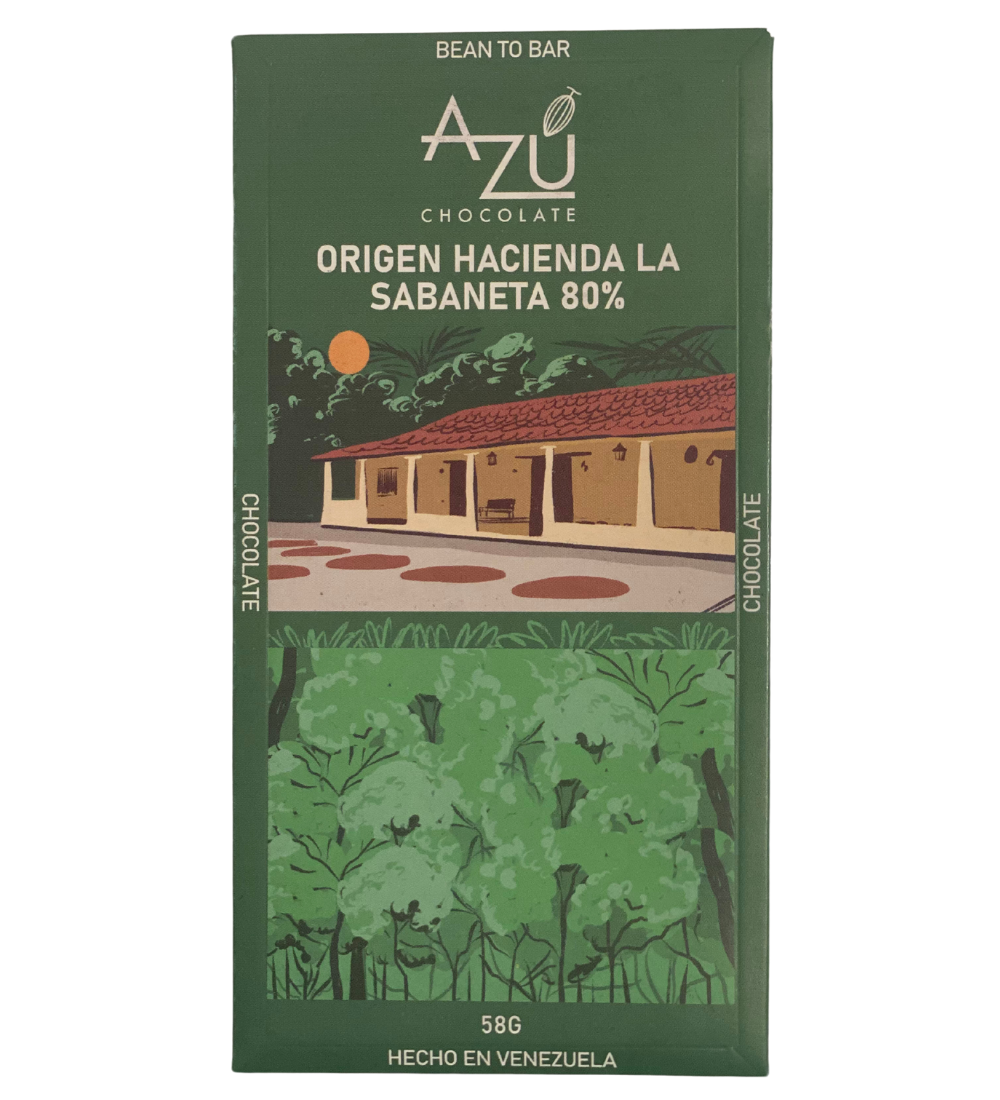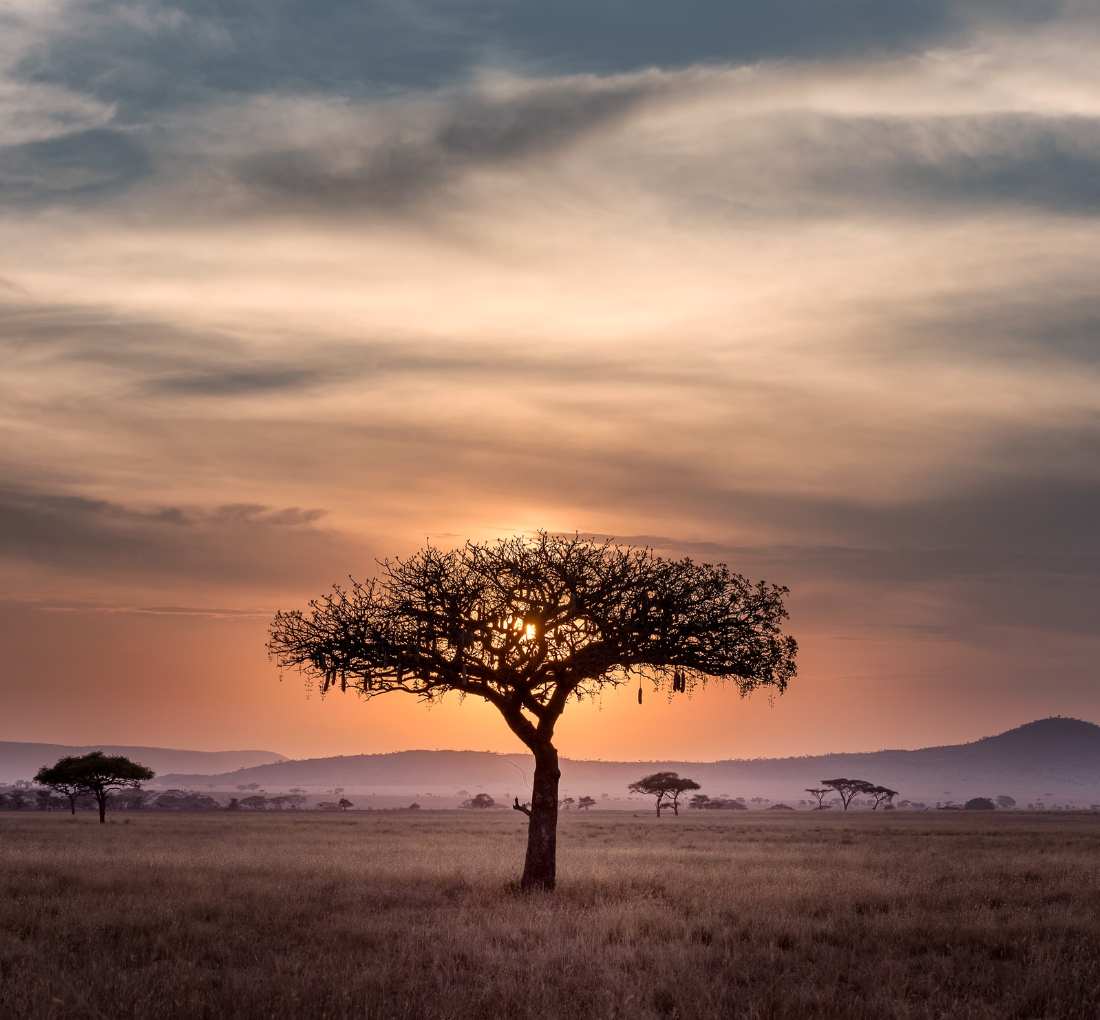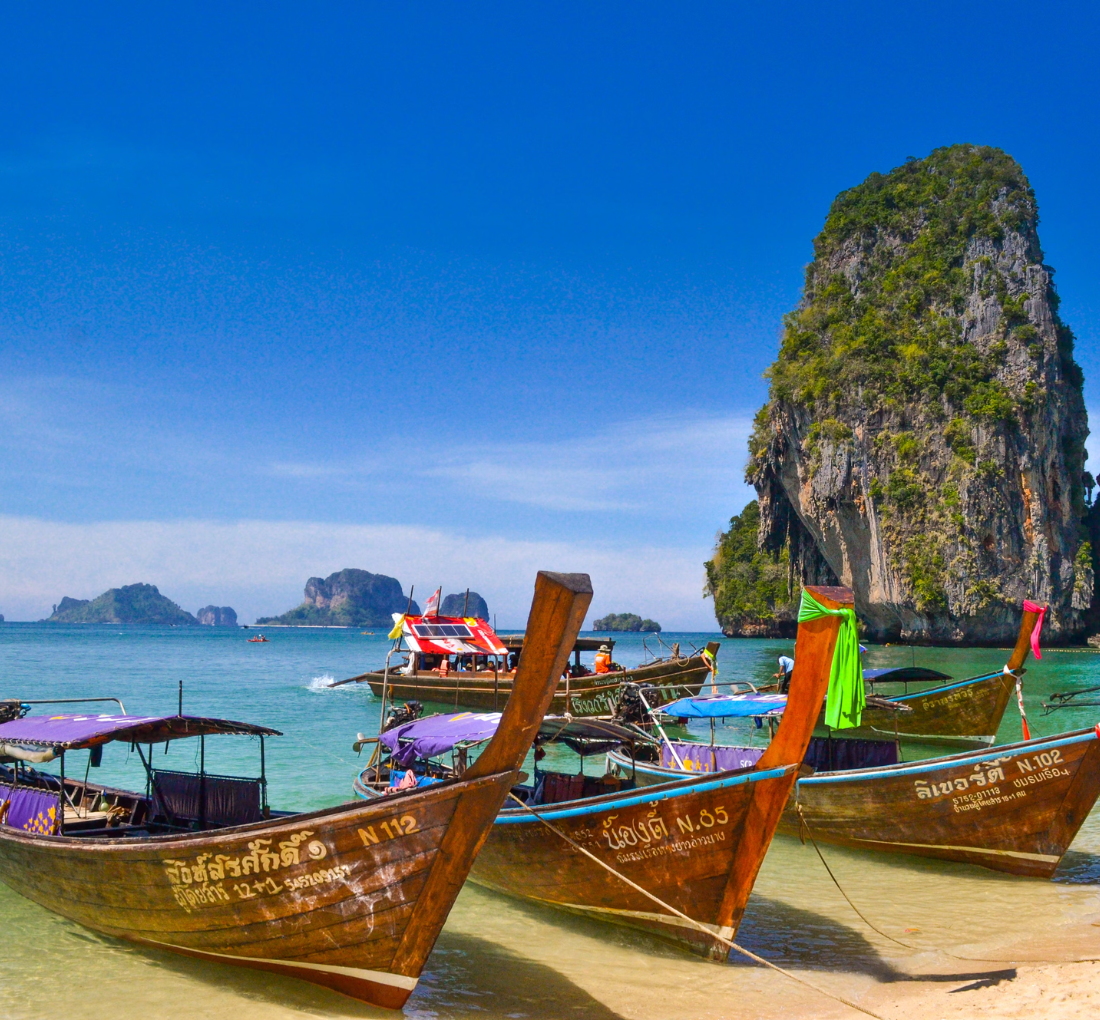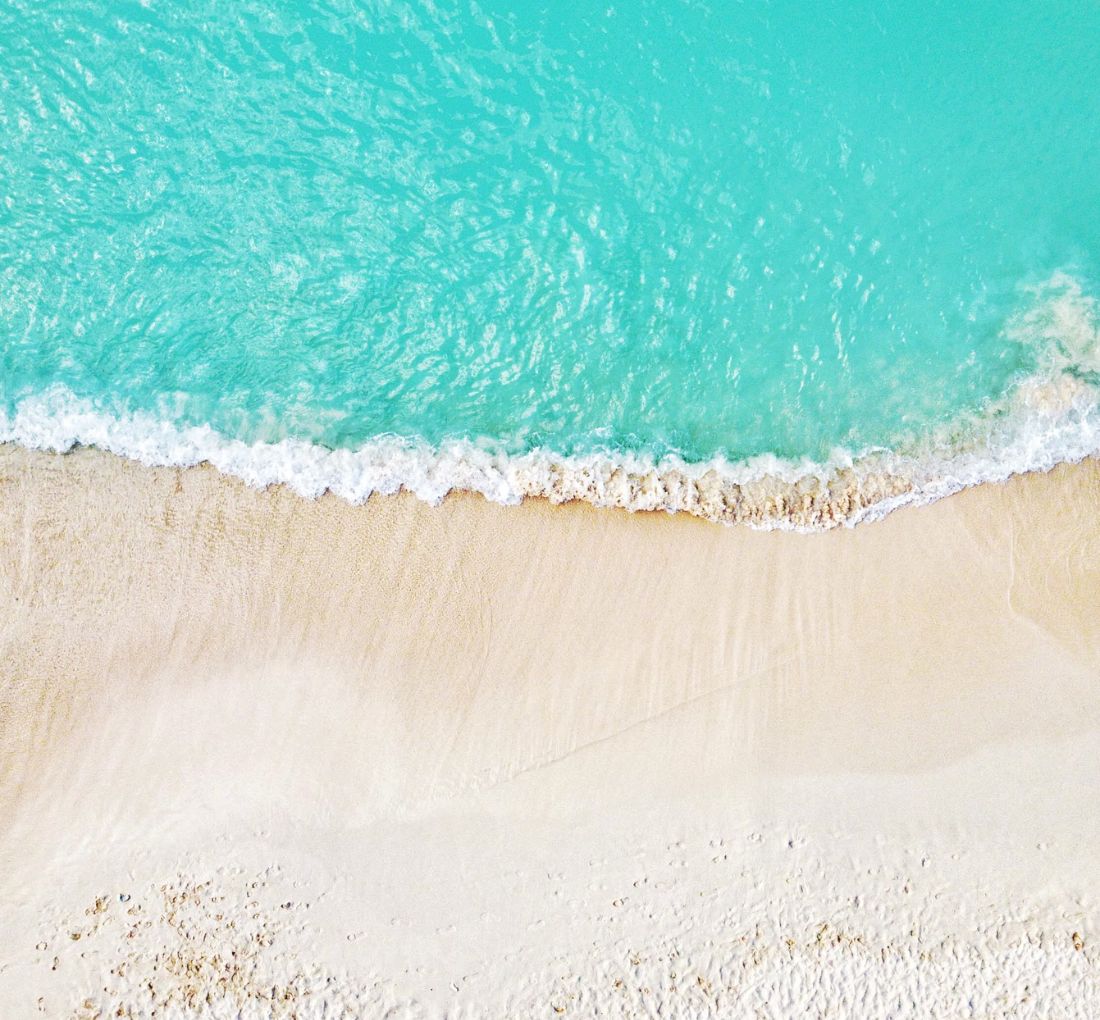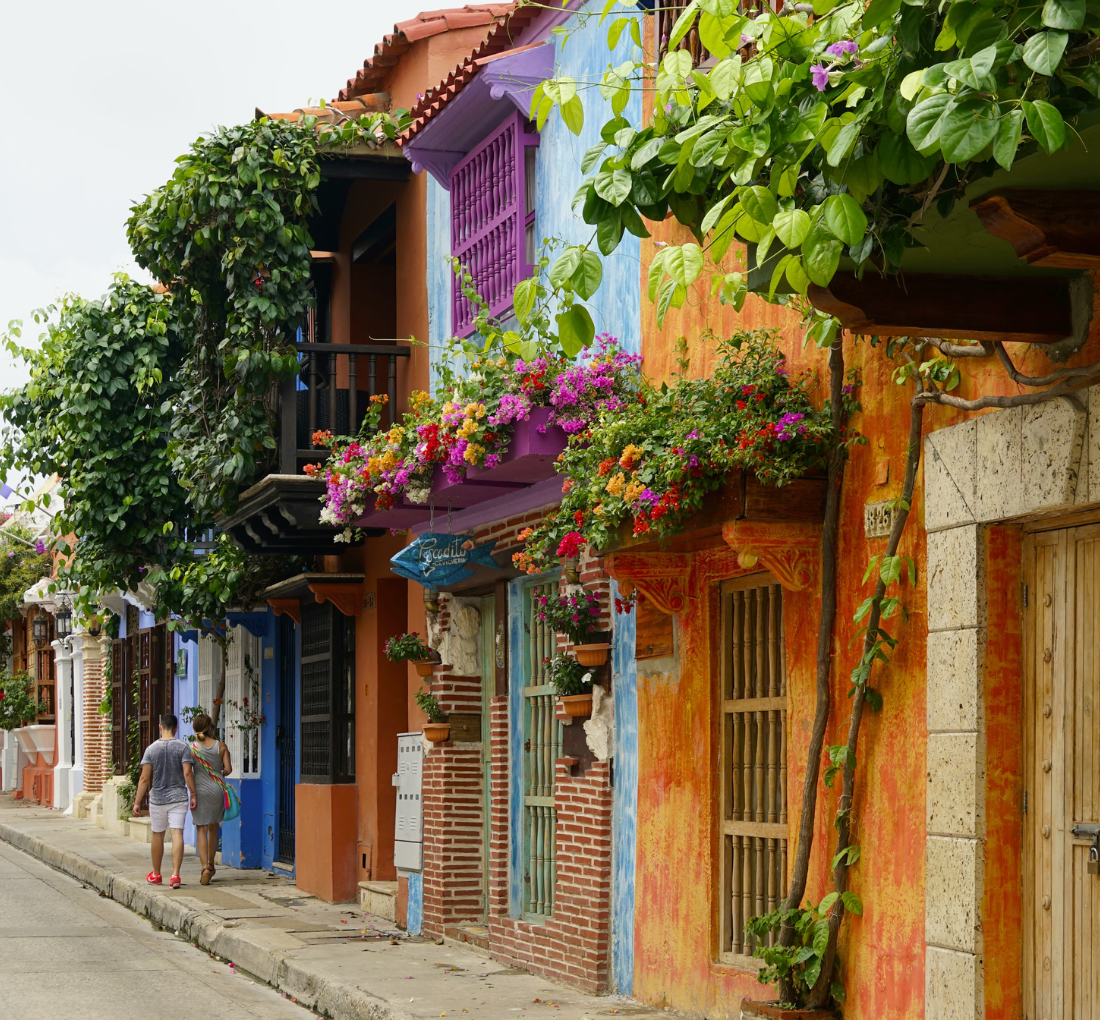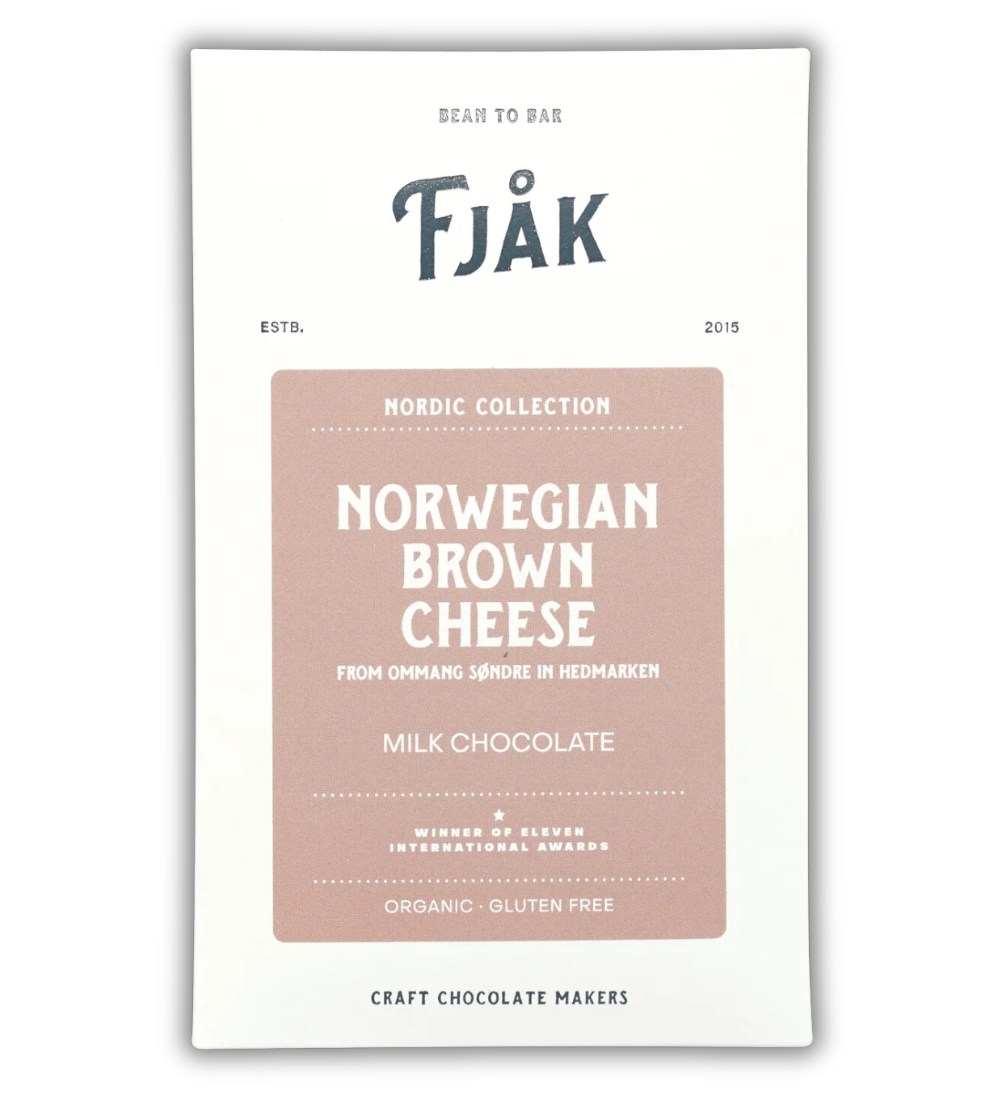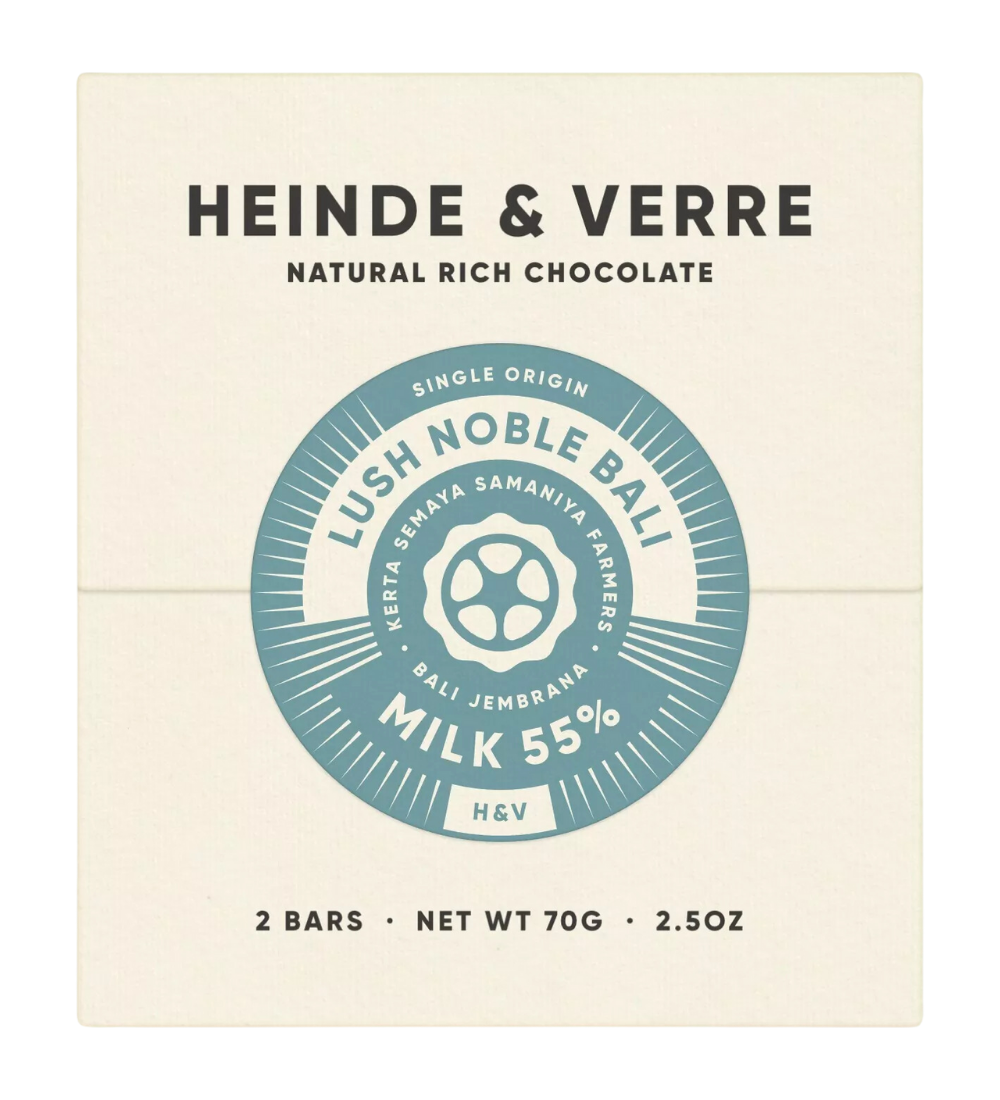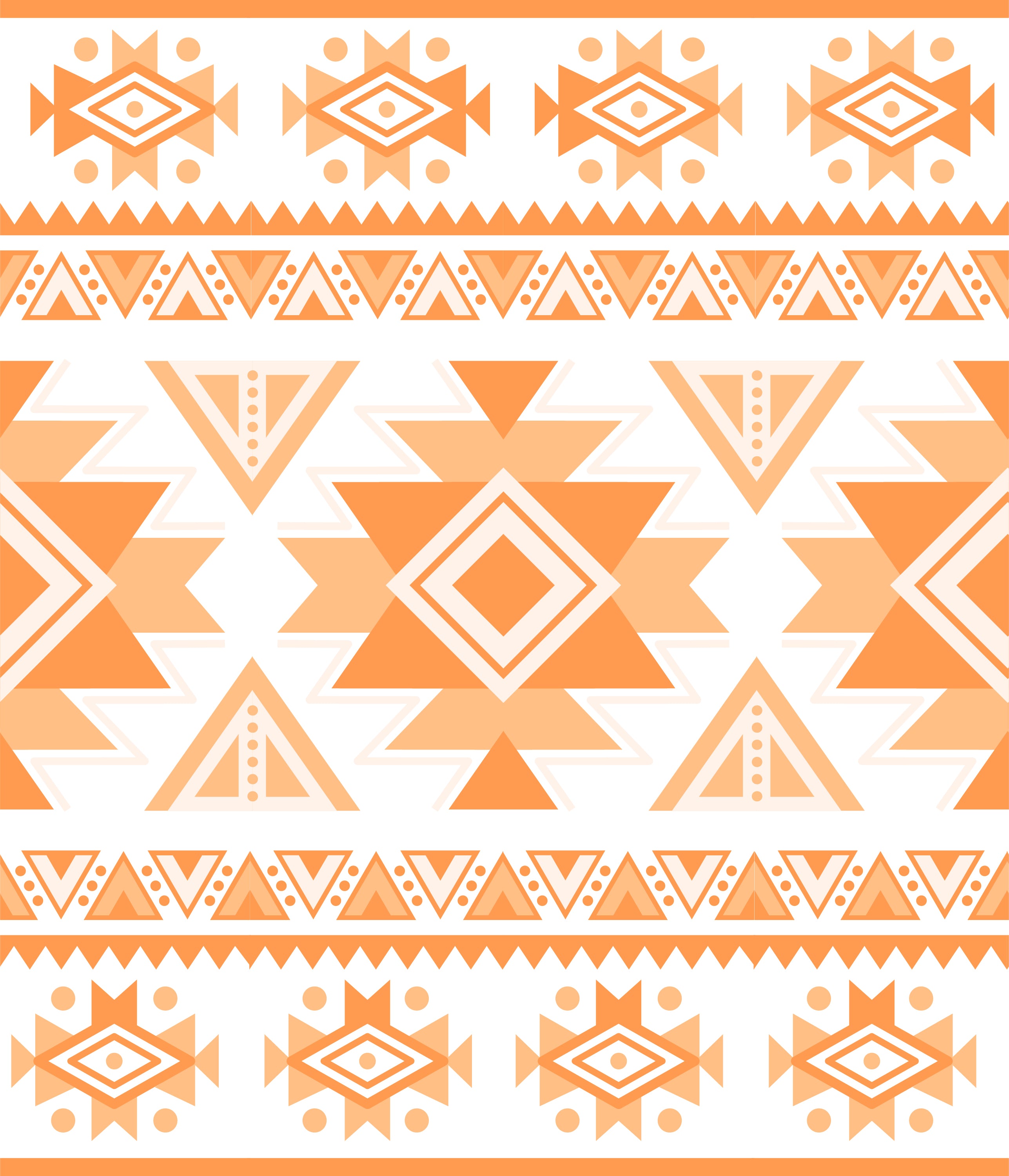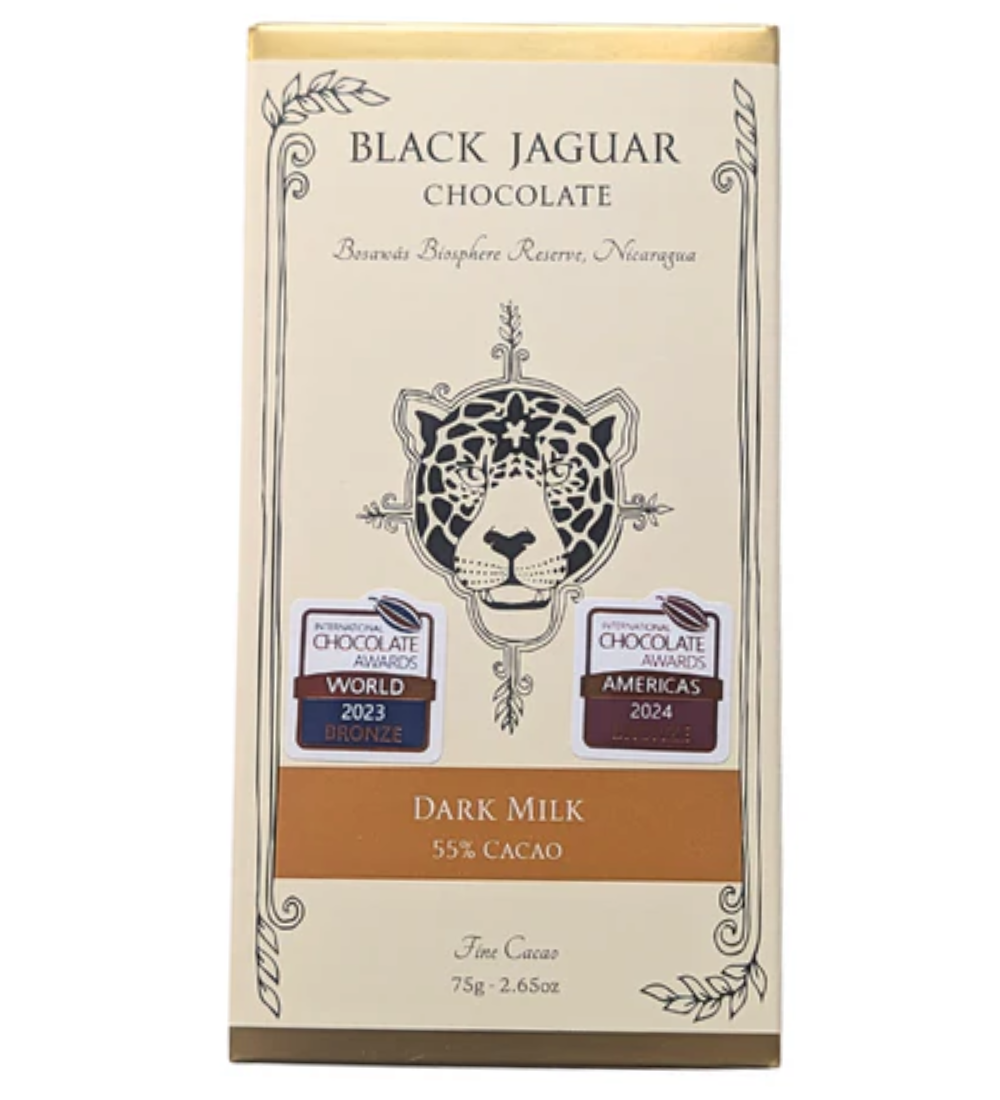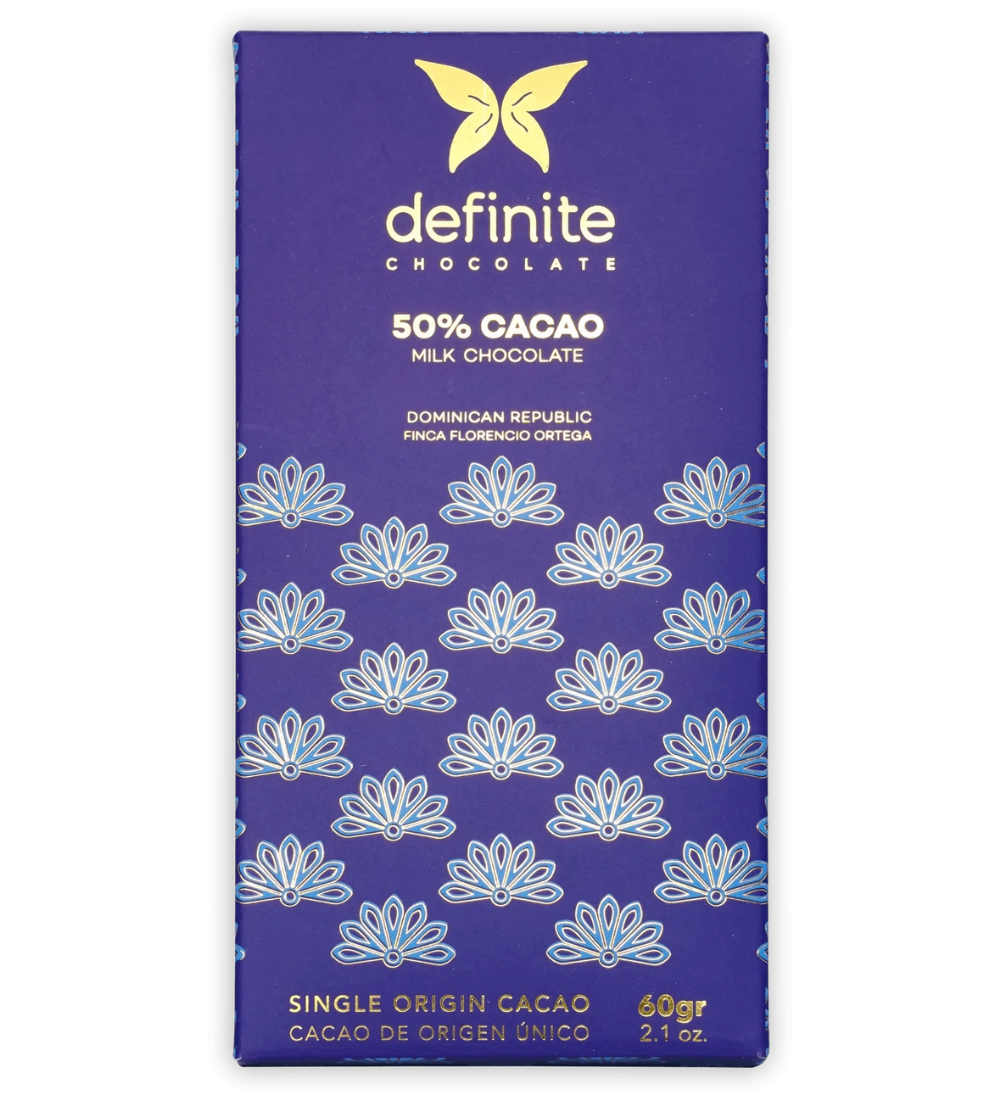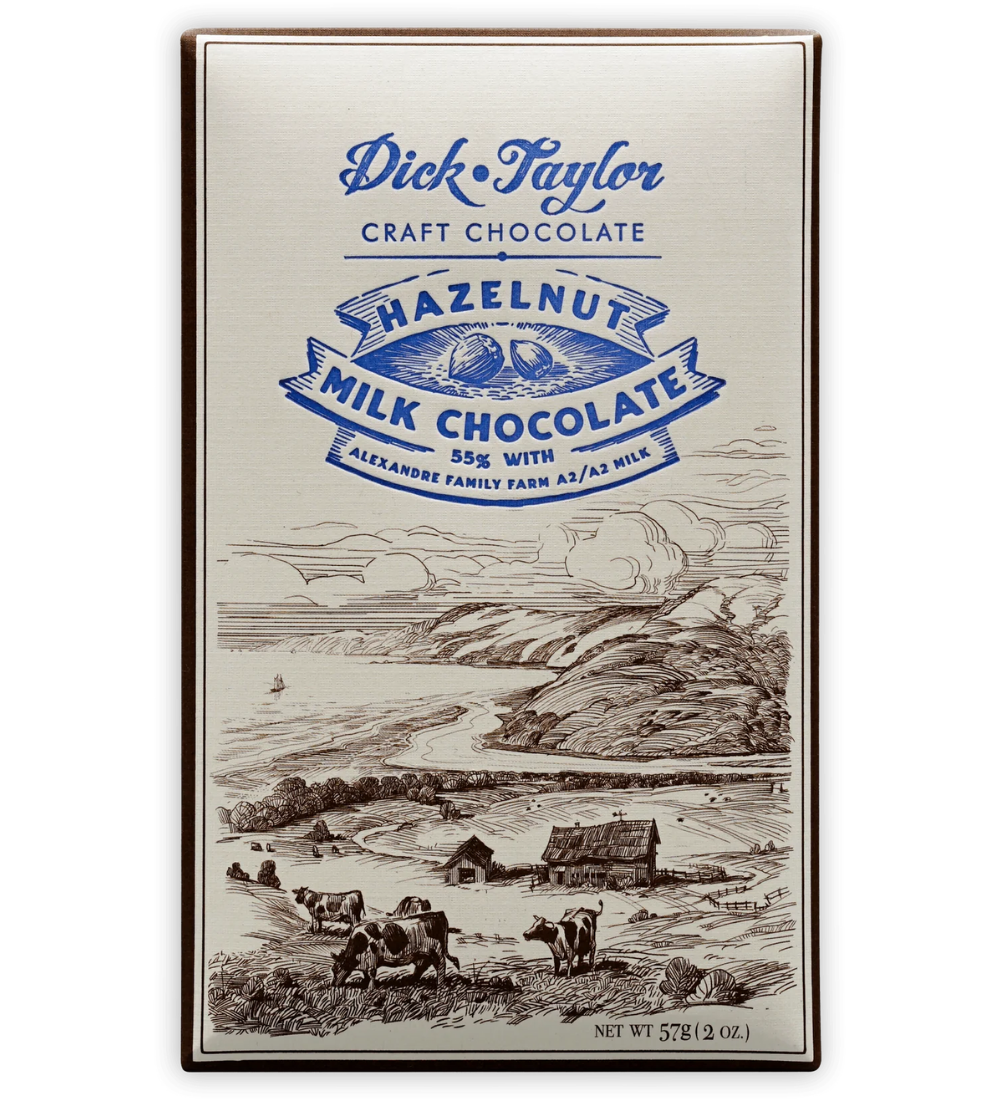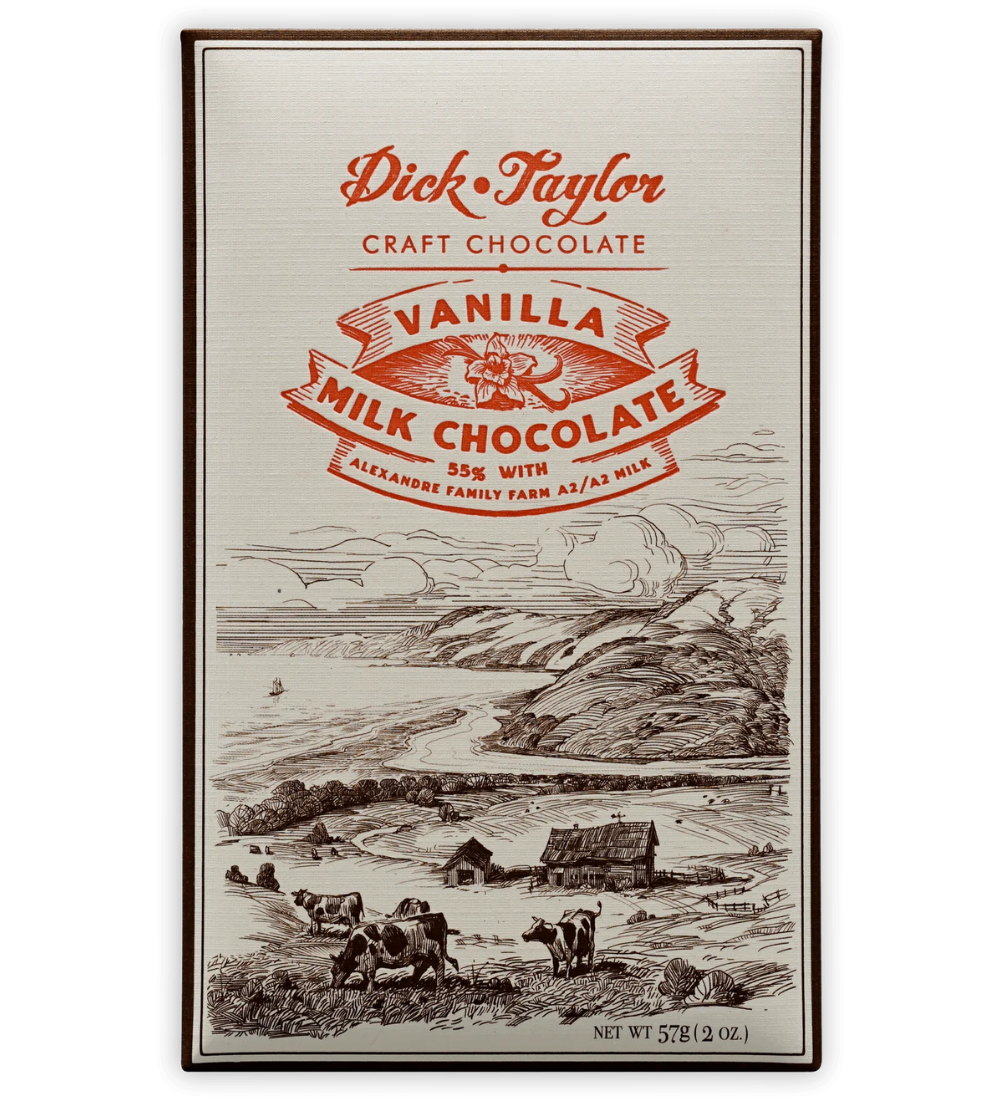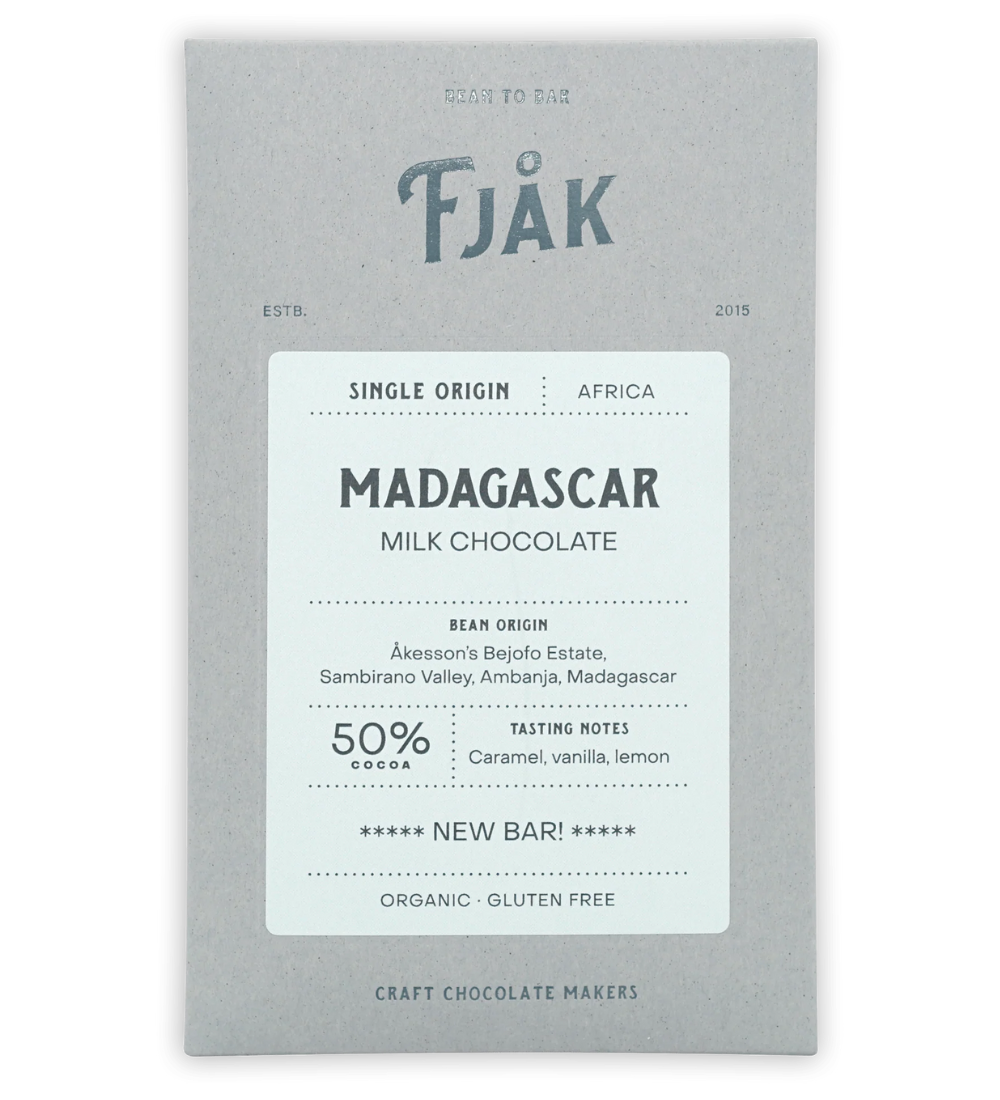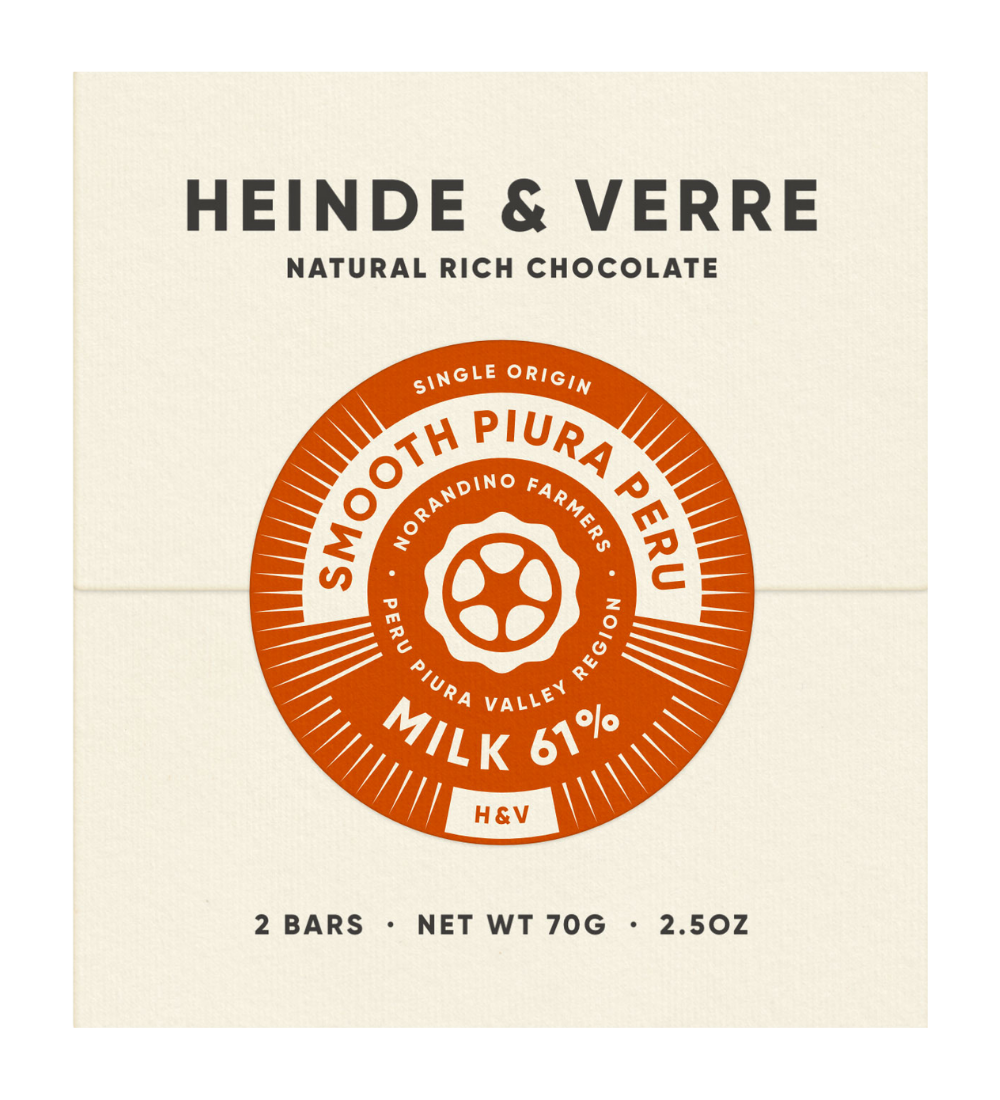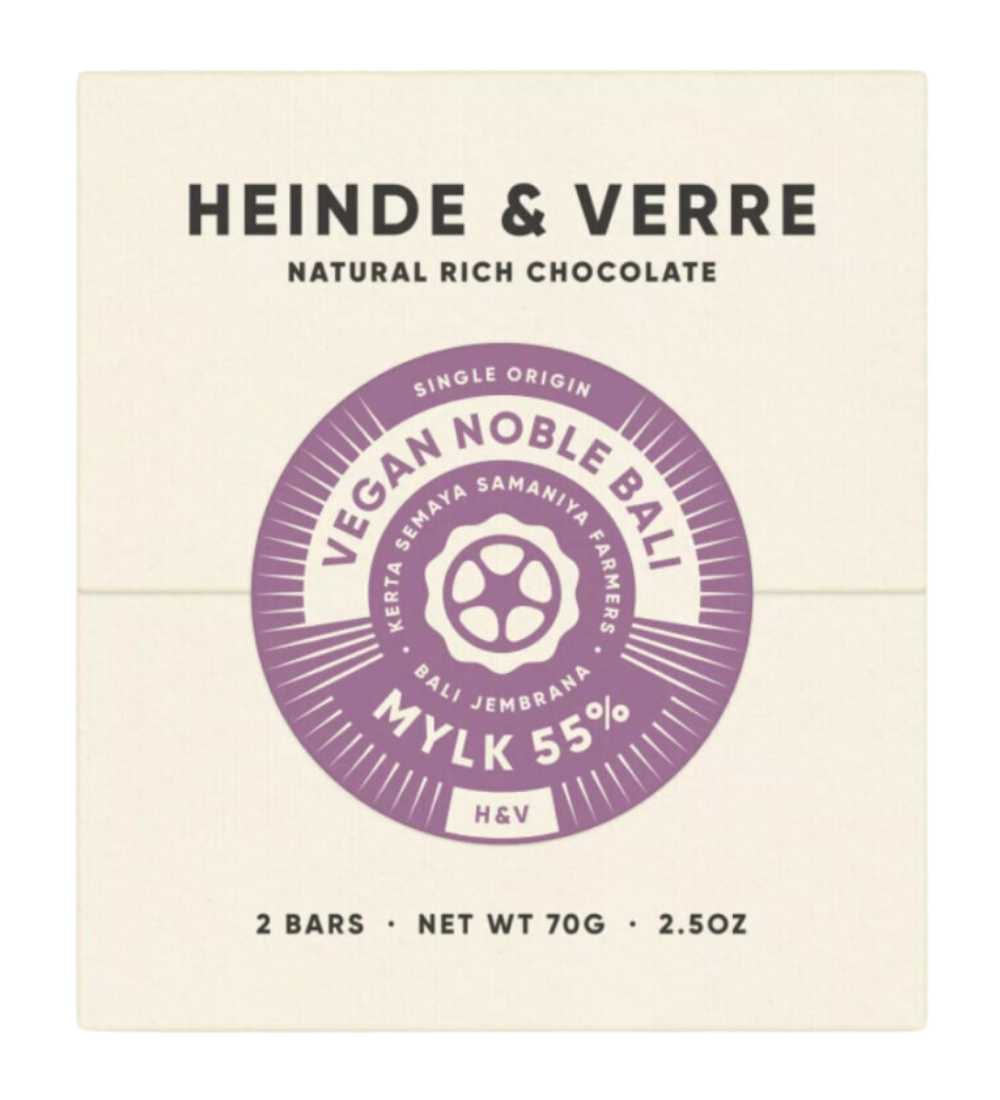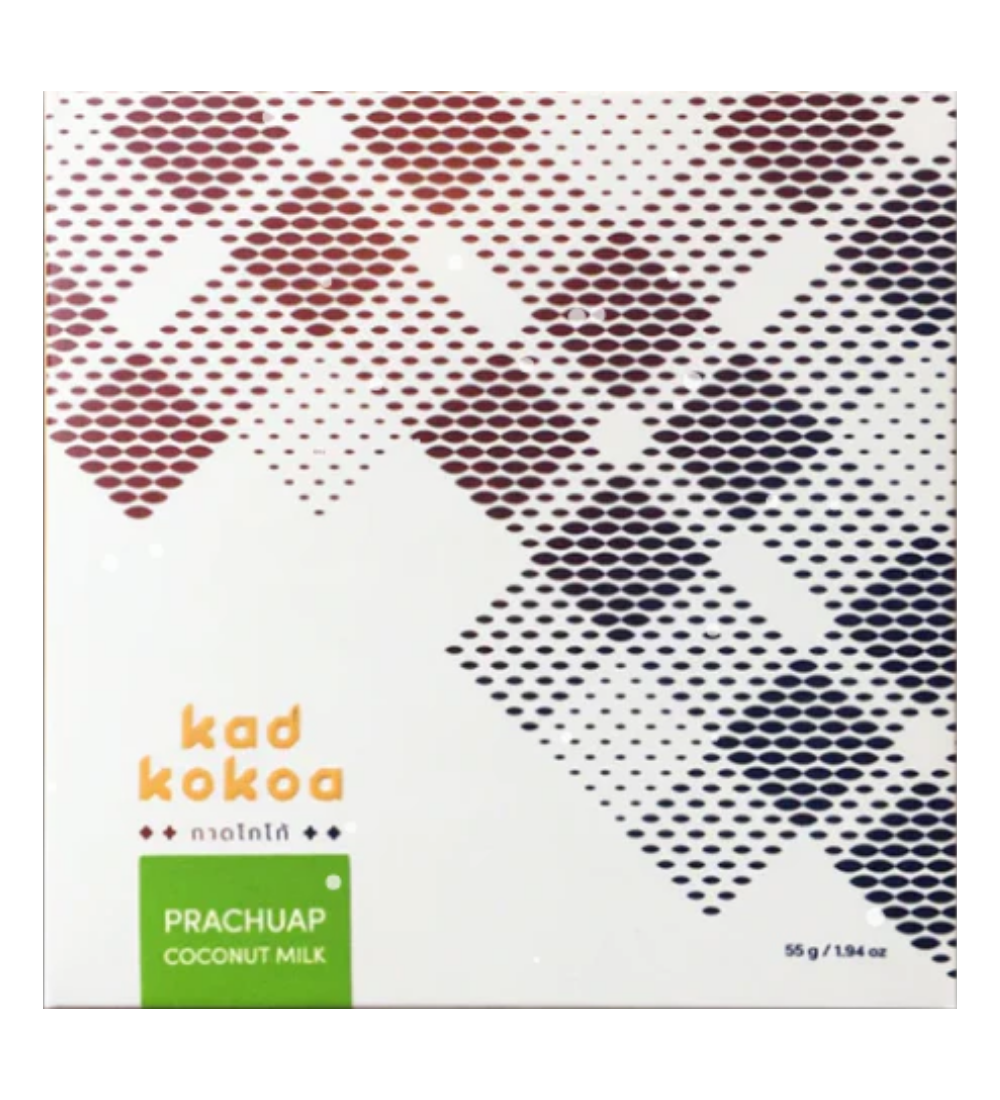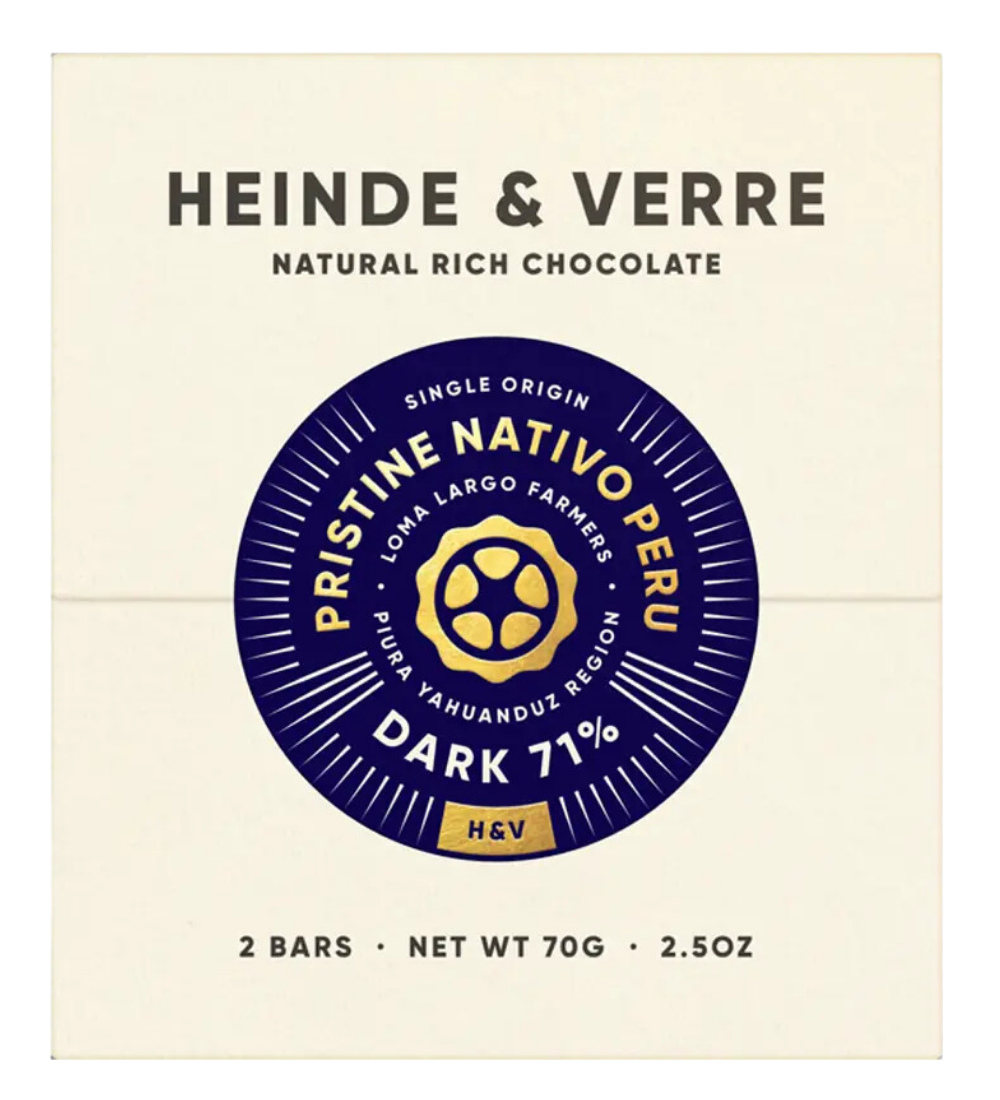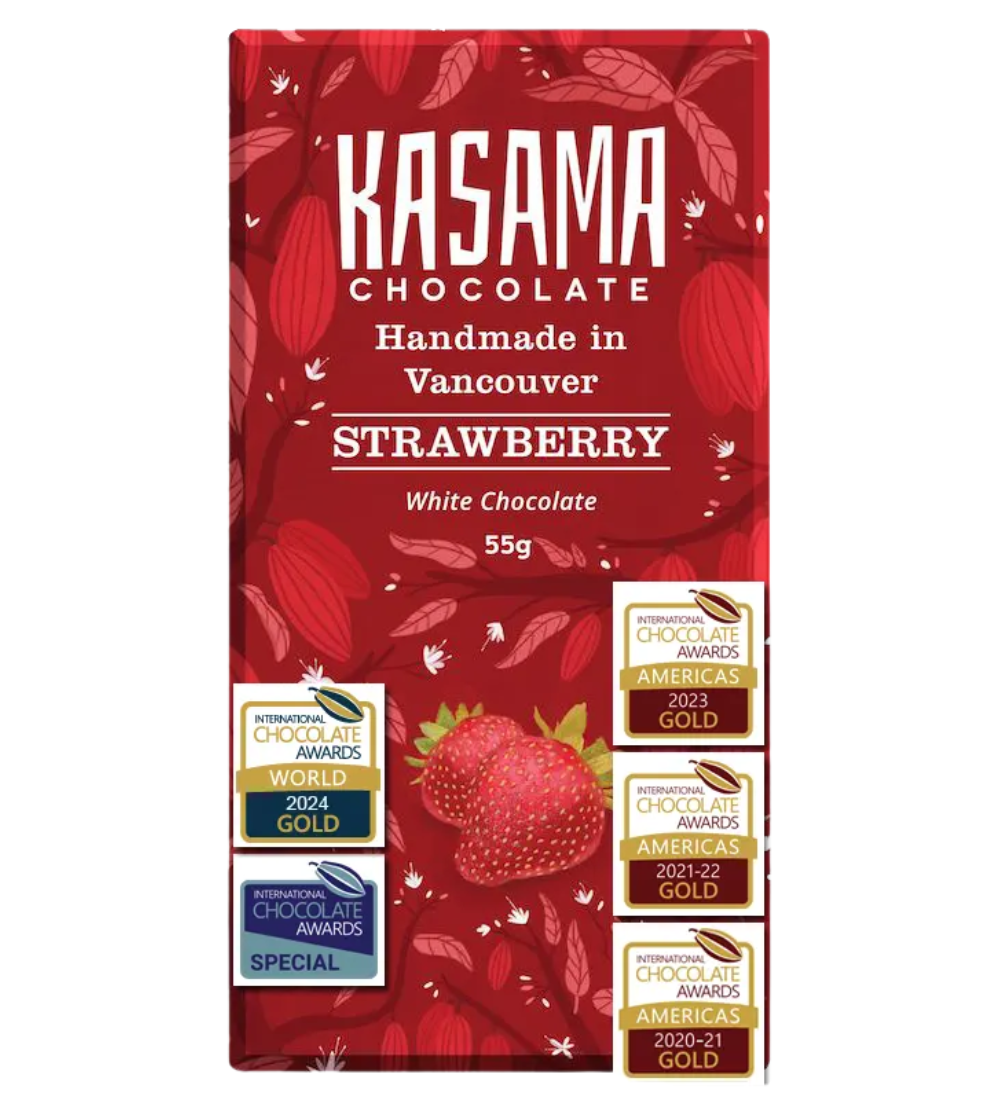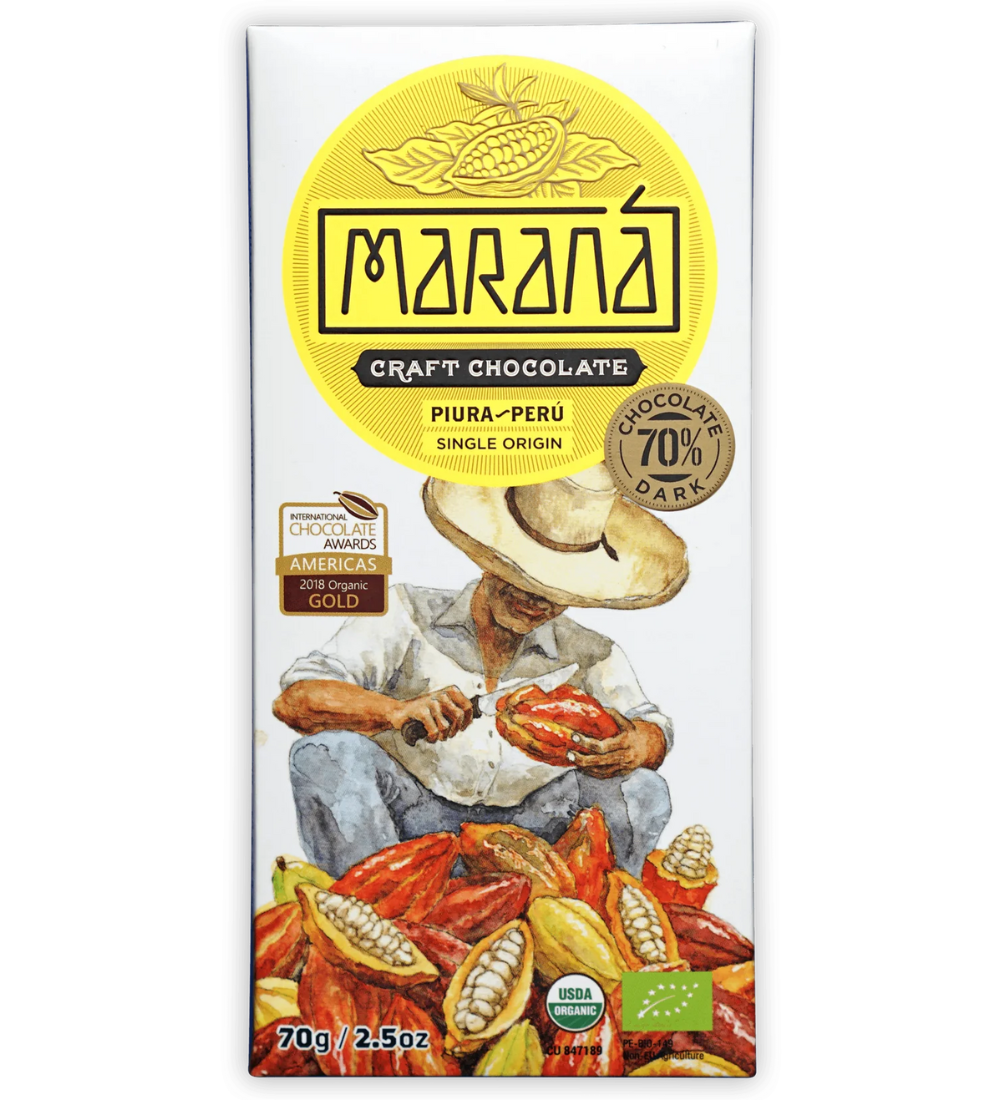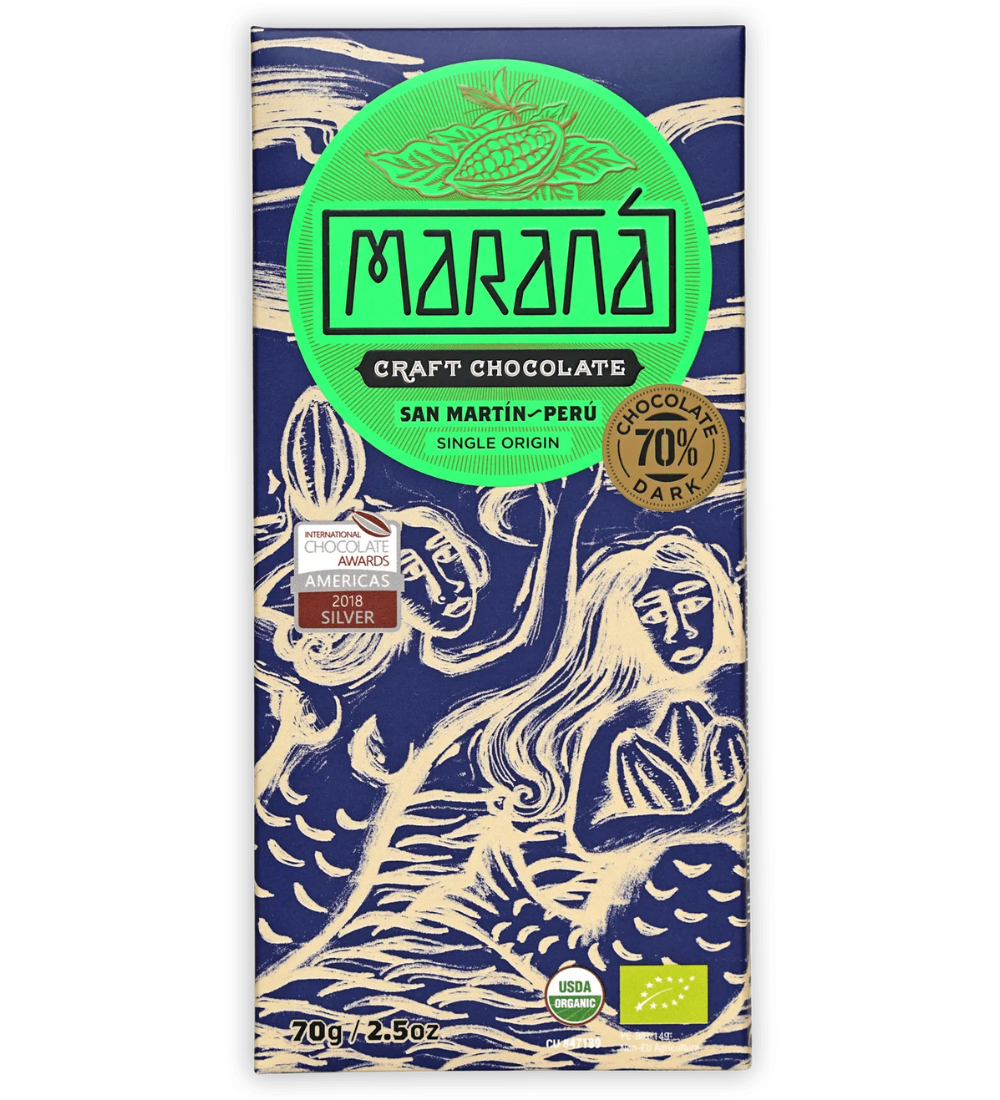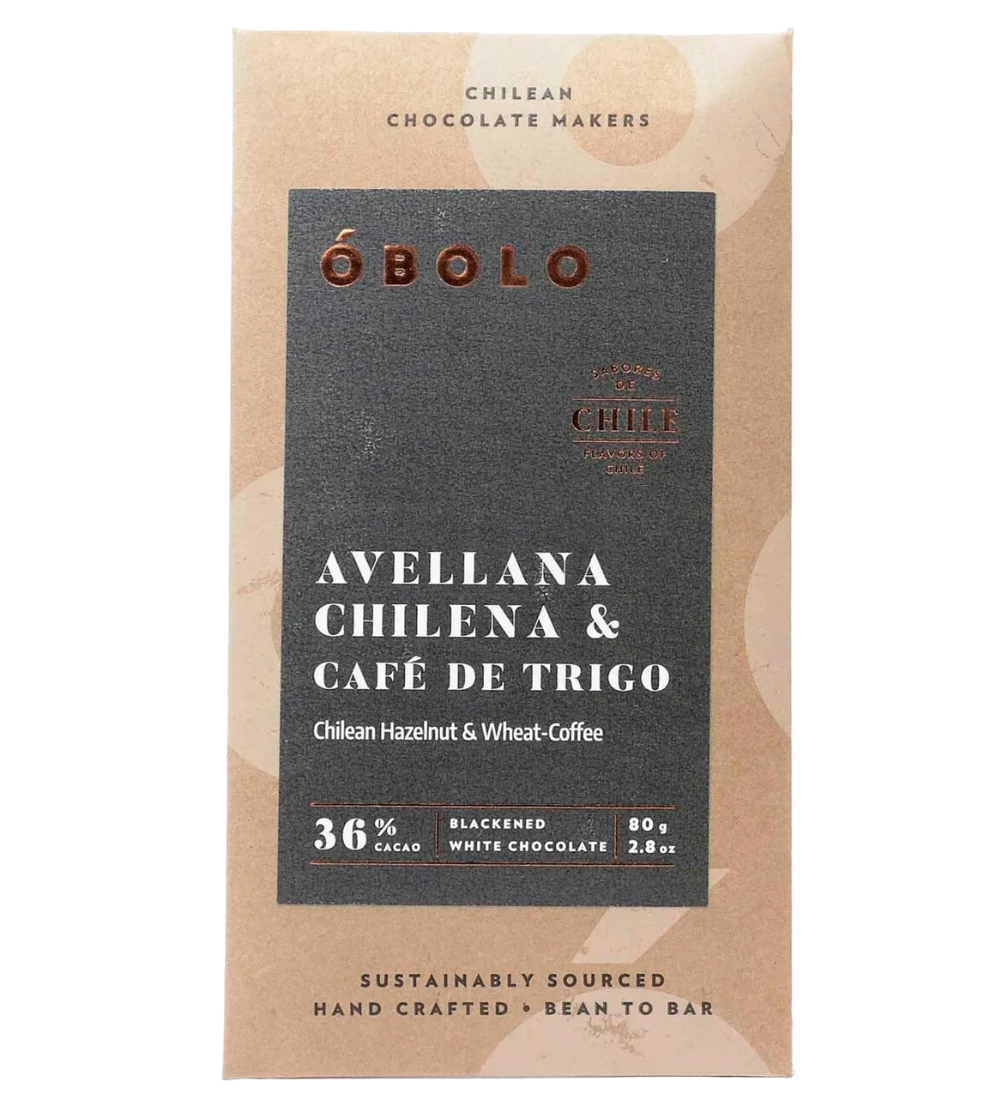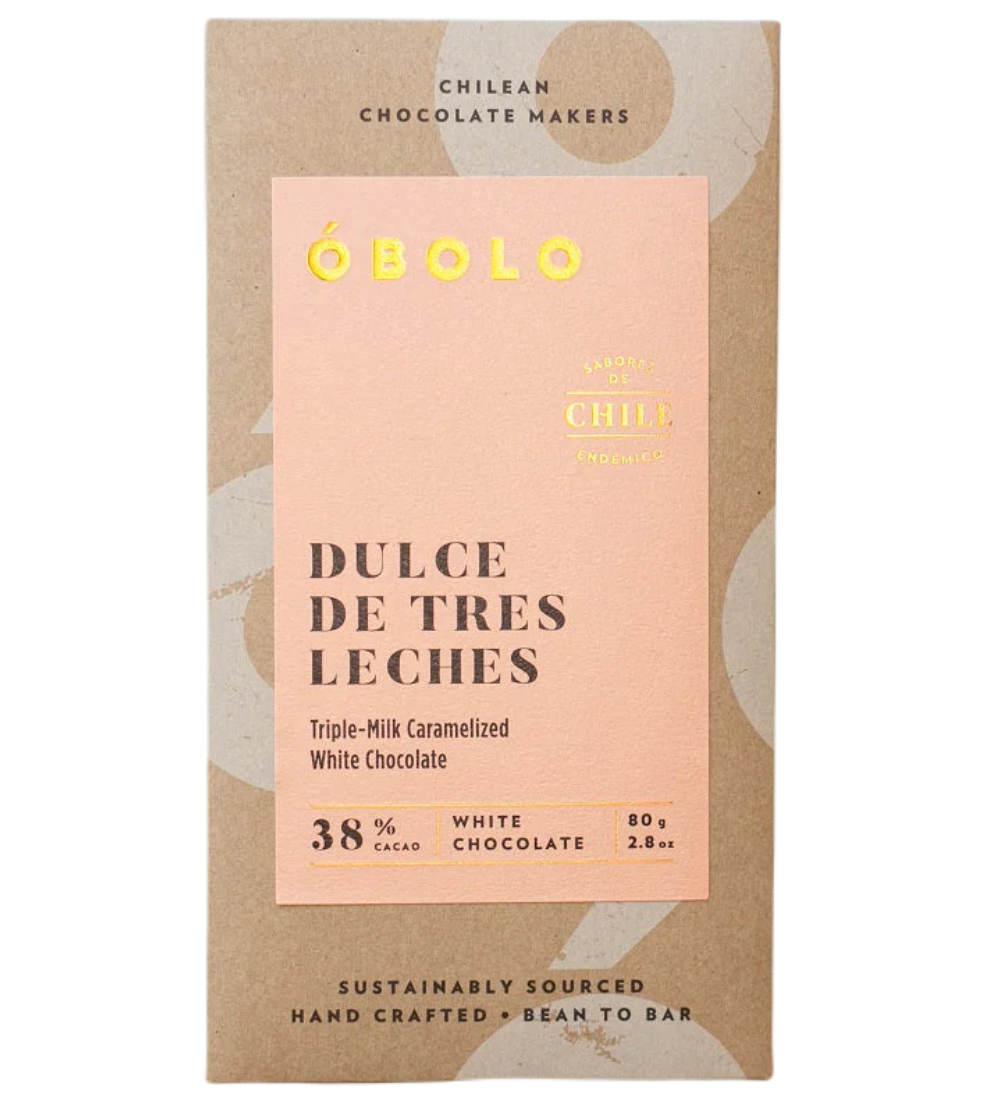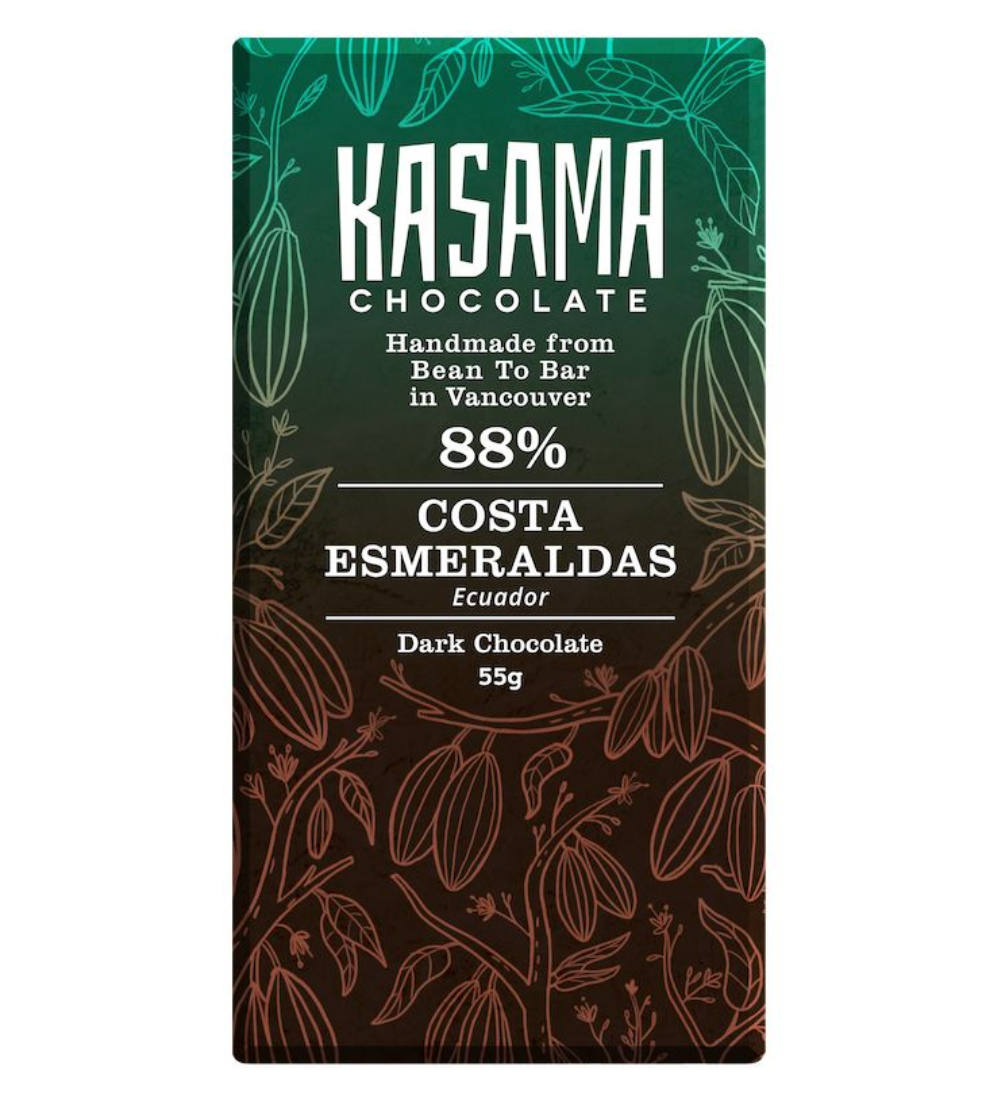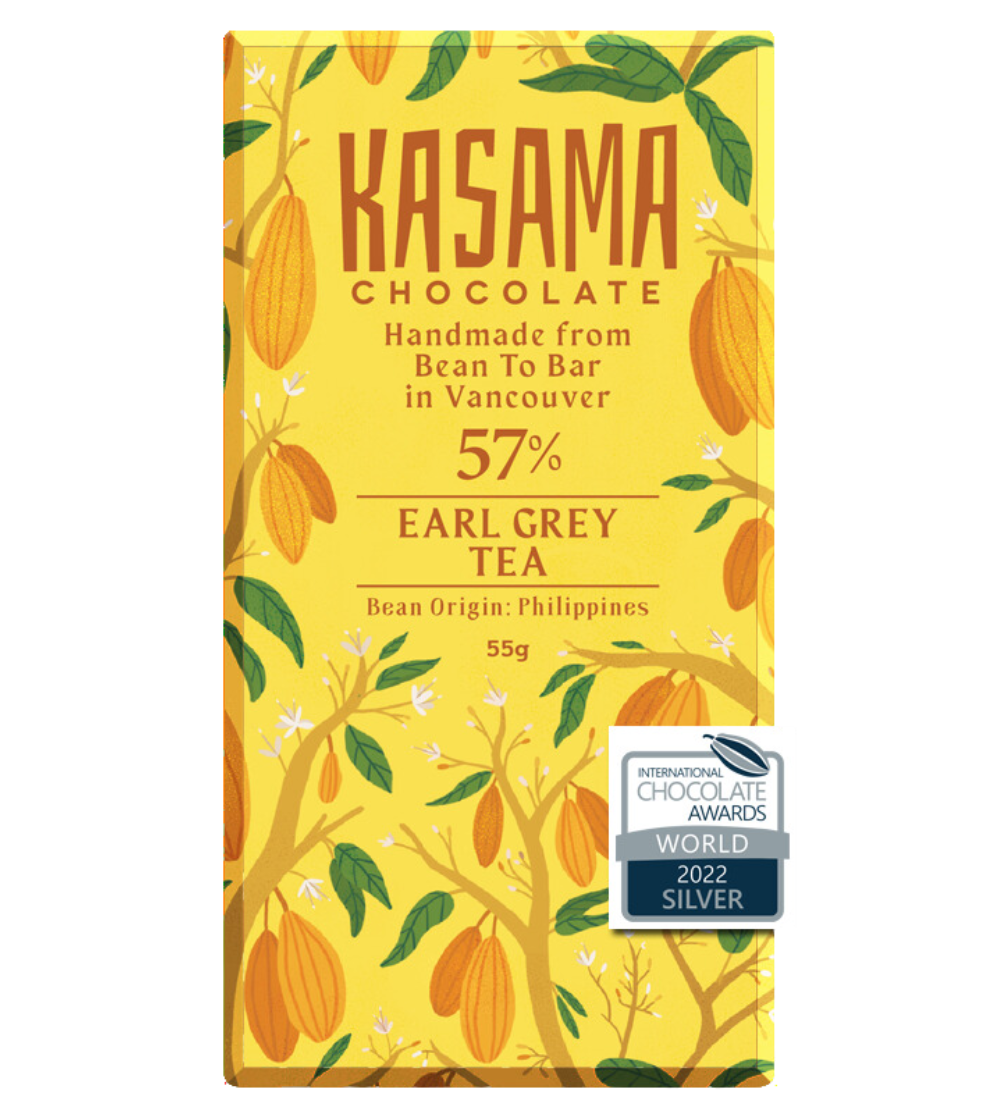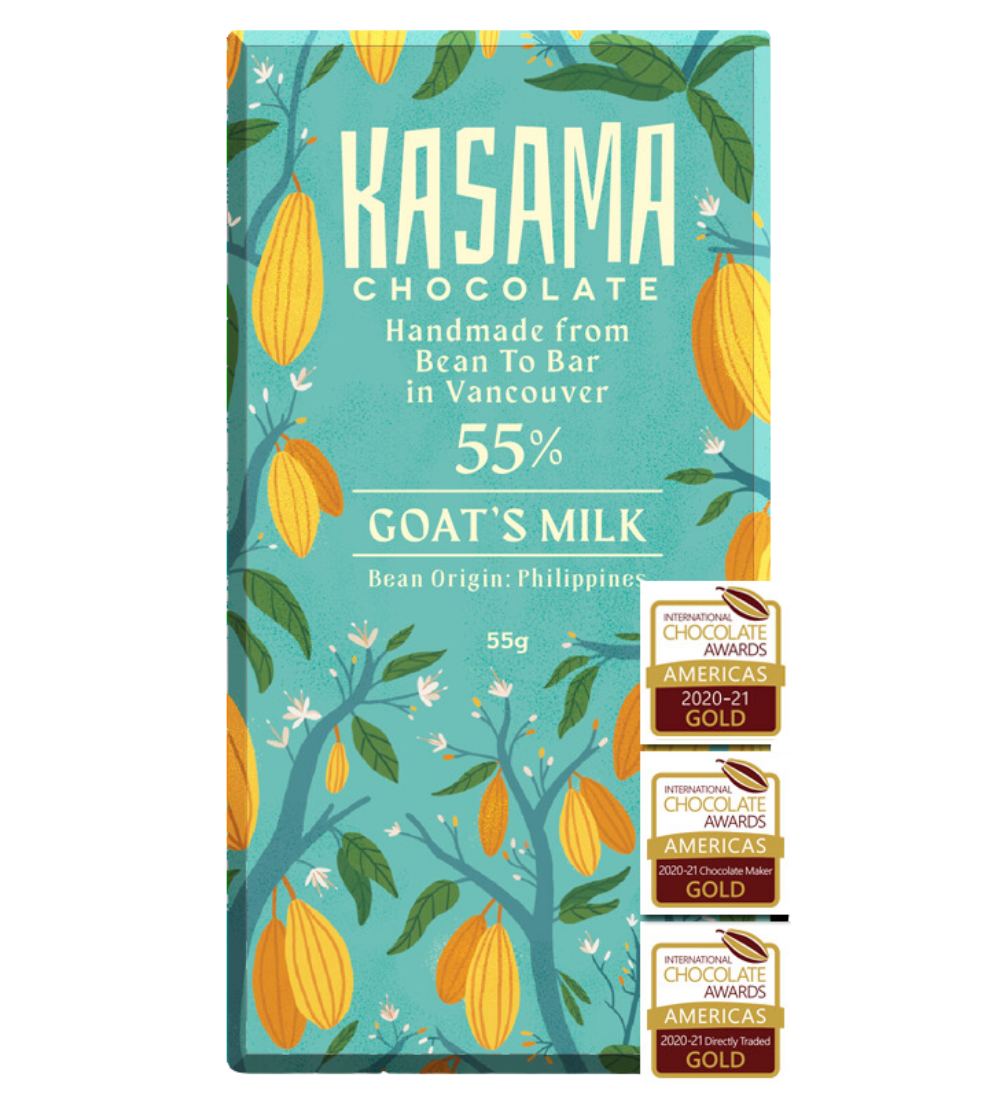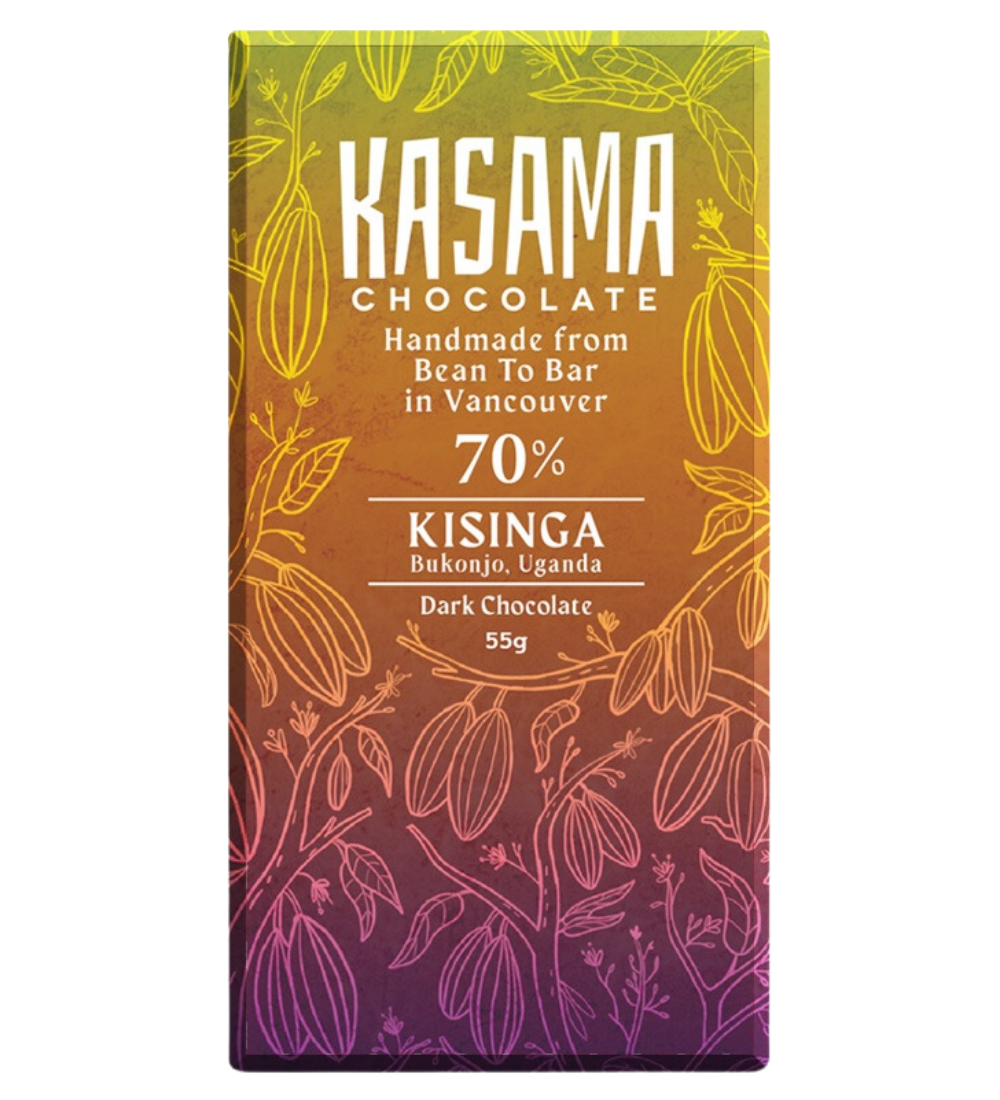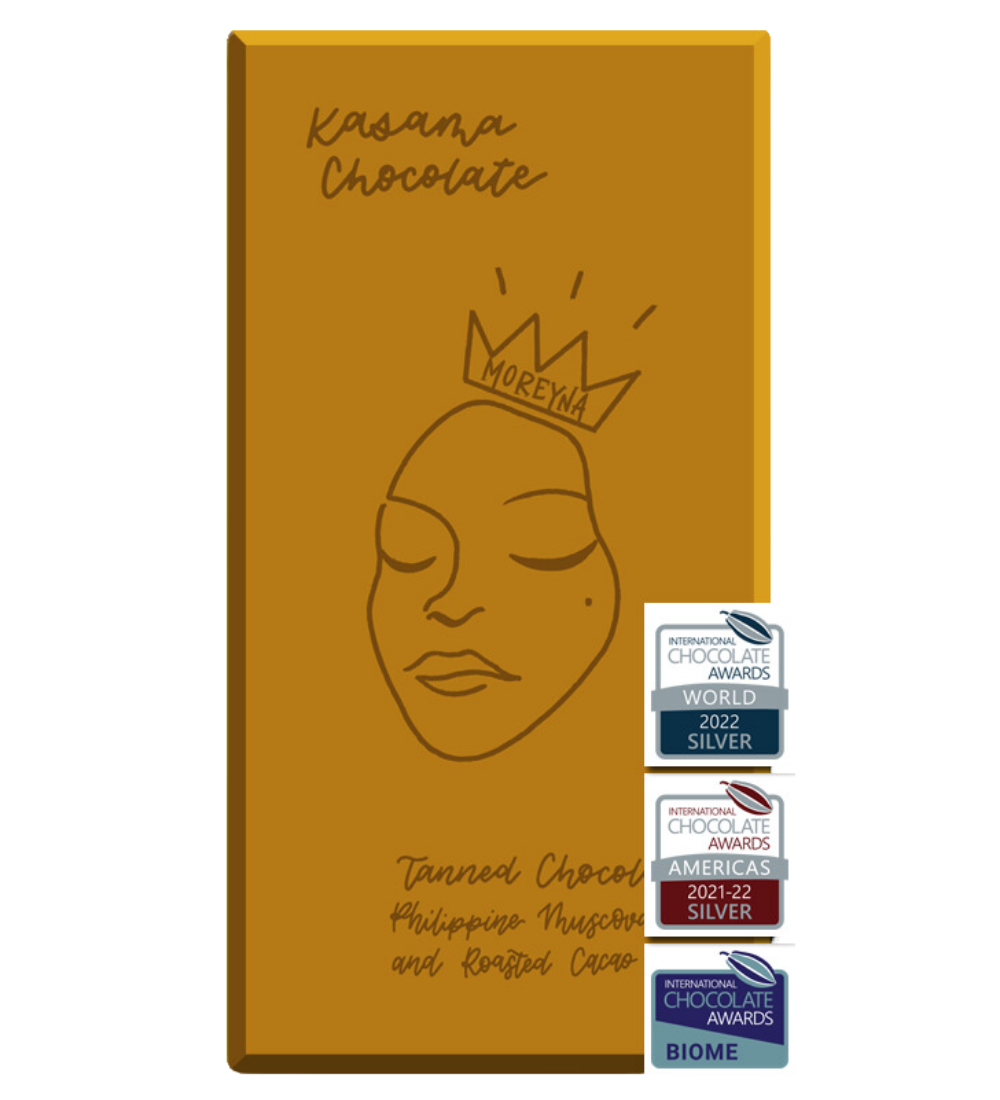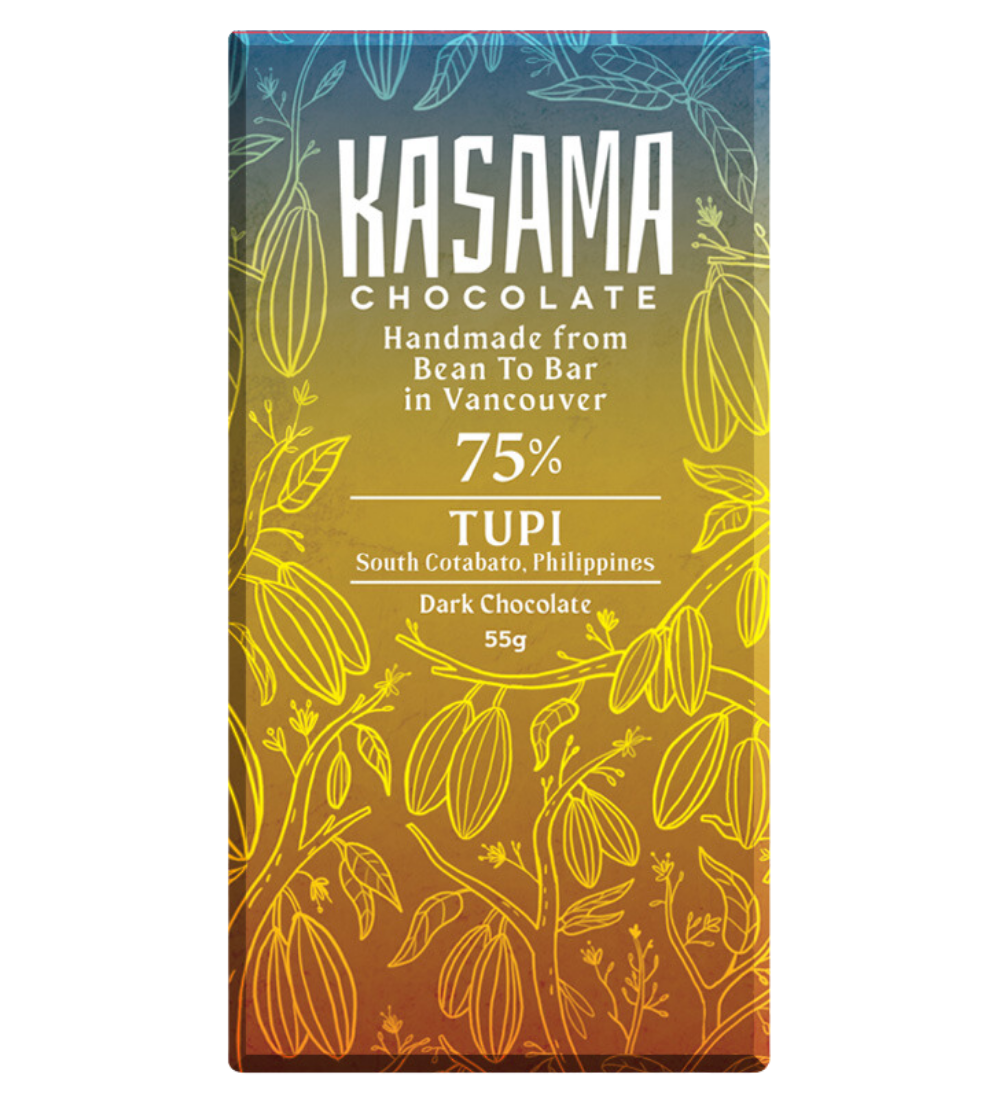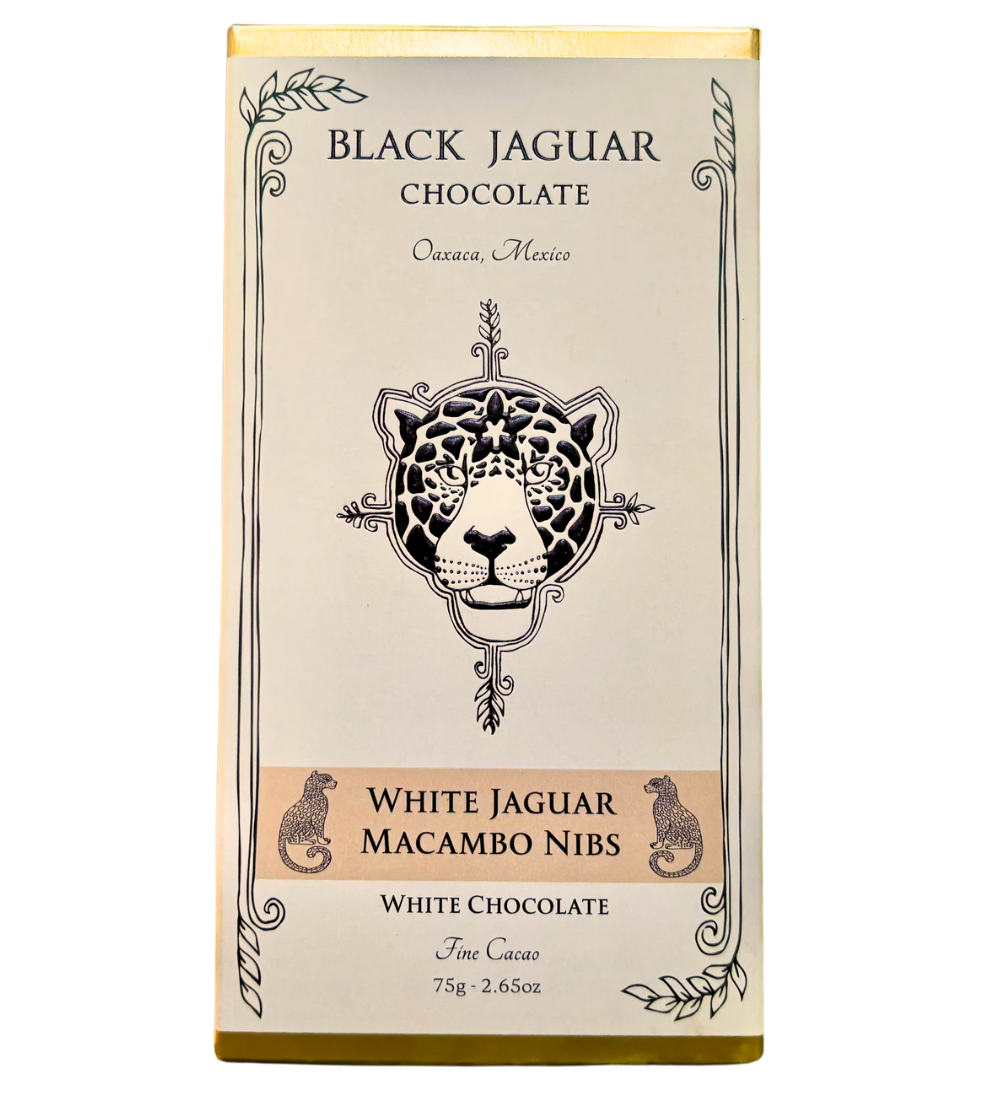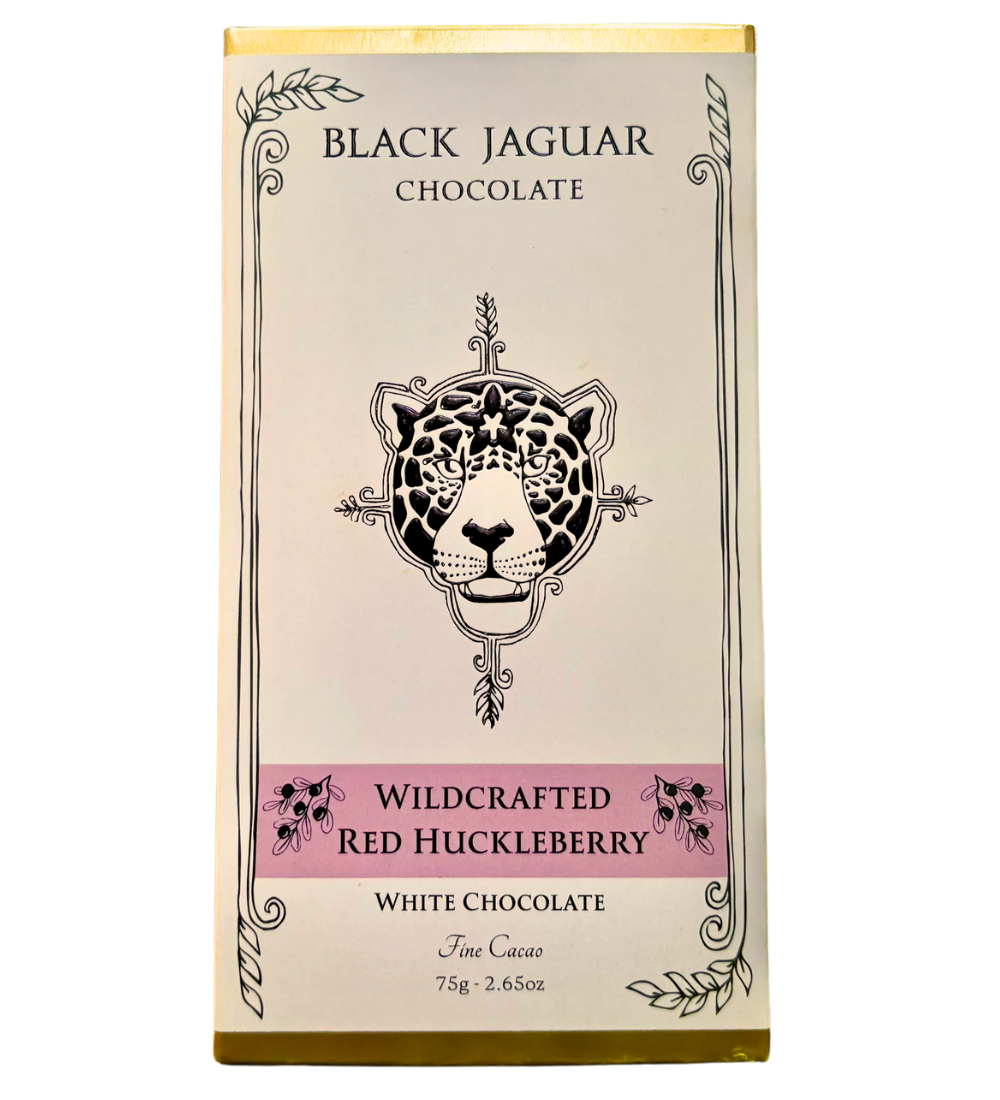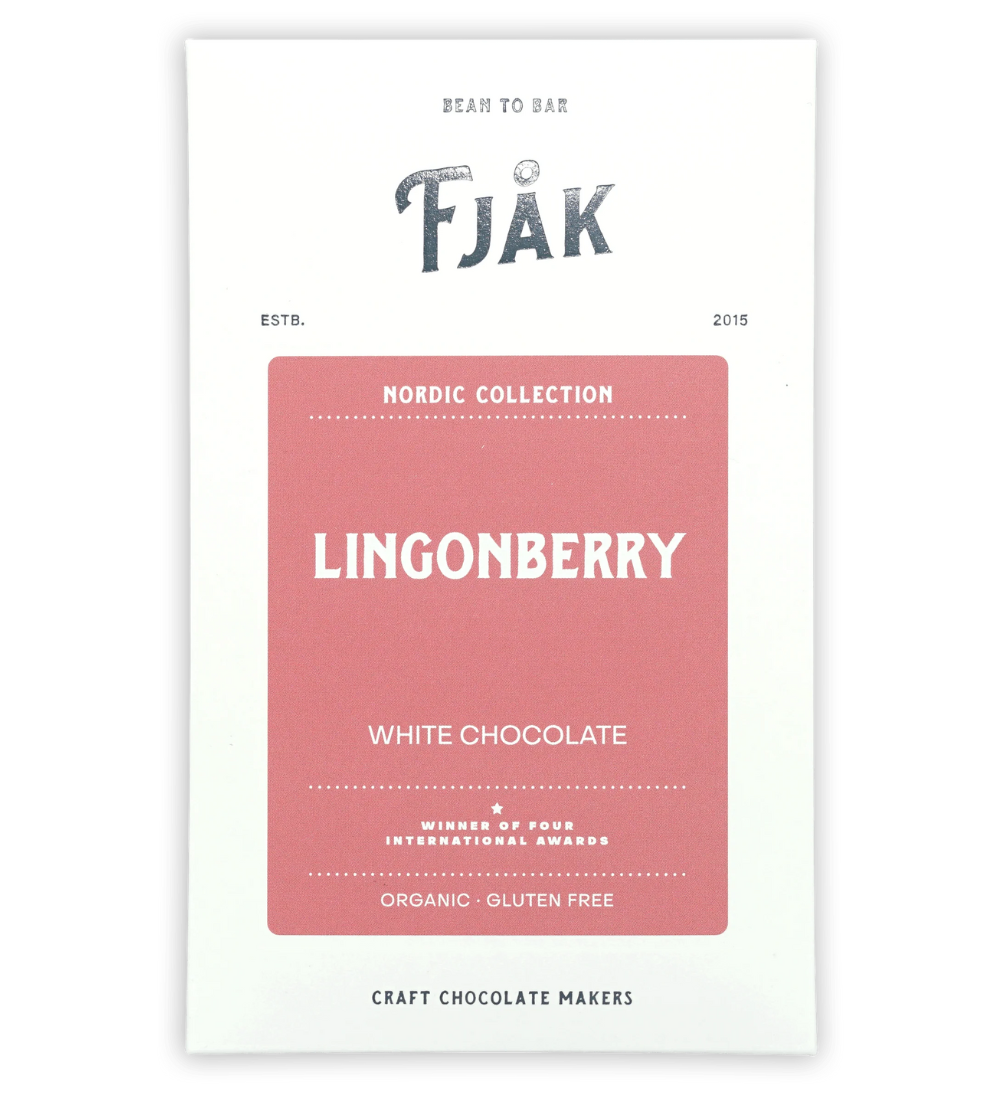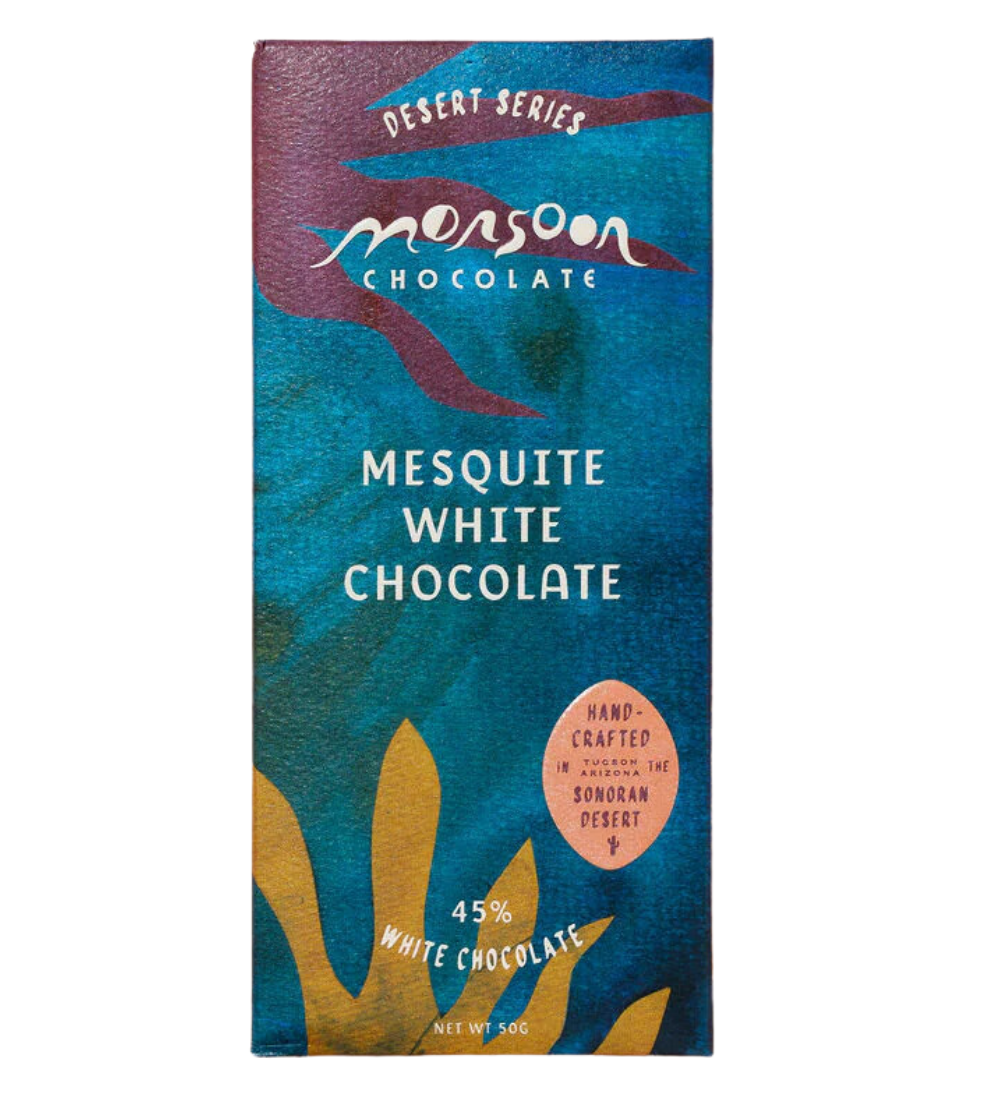This is not your typical white chocolate. Free from soy lecithin and vanilla flavouring, it’s made with only organic Peruvian cocoa butter, unrefined cane sugar, and goat’s milk—how interesting is that? The aroma evokes the freshness of an alpine meadow, herbal and bright. On the palate, a slight caramelized sweetness from the sugar balances the earthy, fruity taste of cocoa butter, but don’t expect a sugary overload—it’s very restrained for a white chocolate. The goat’s milk adds a unique twist, with a mild, almost cheese-like quality, vaguely reminiscent of brunost (Norwegian brown cheese) and fresh chèvre from the Loire. A true departure from the ordinary, it’s a soft and creamy bar that feels both familiar and intriguingly complex.
Kasama Lait de Chèvre (Goat Milk White)
Cocoa Origin: Peru
Producer Country: Canada
Weight: 55 g
Adding product to your cart

Kasama Lait de Chèvre (Goat Milk White)
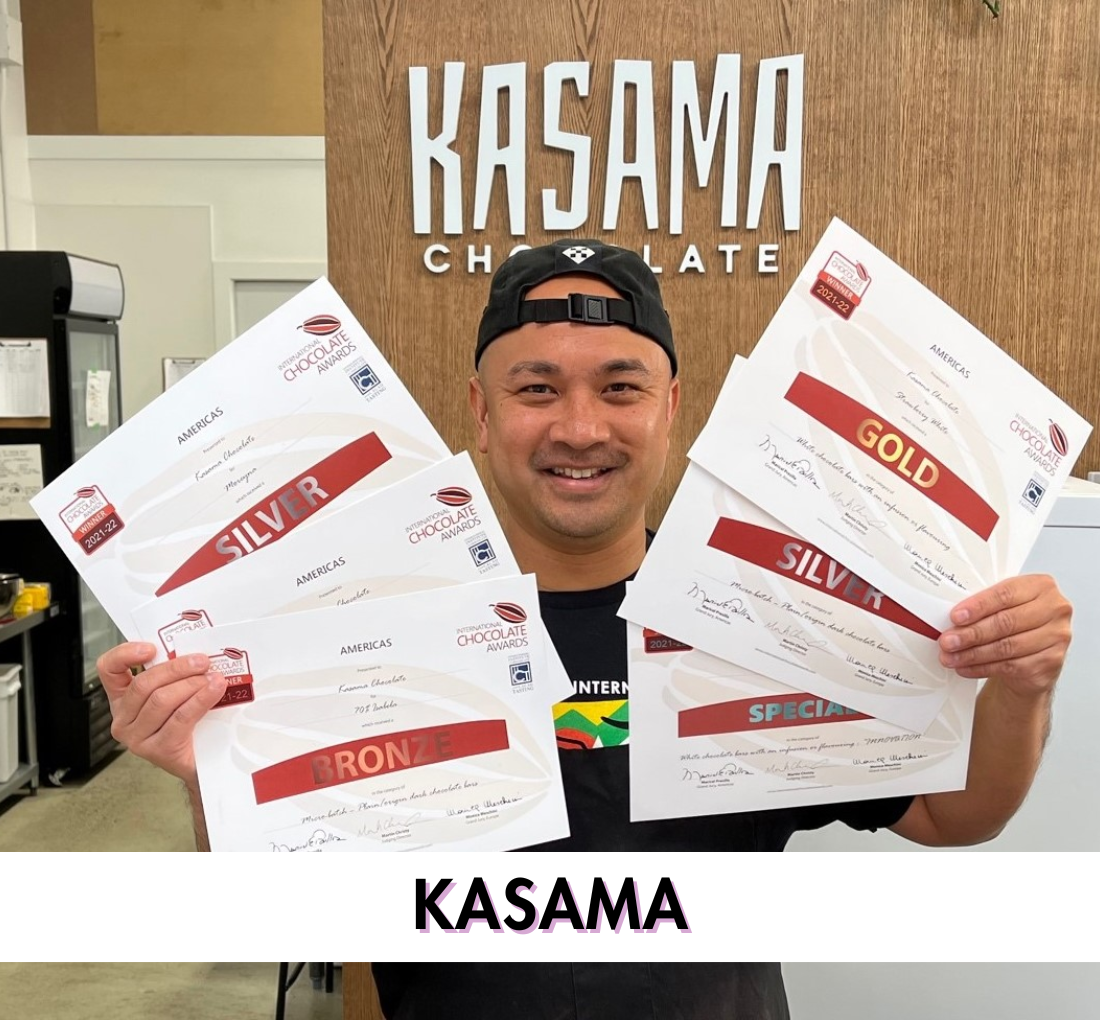
Kasama Chocolate is based out of Vancouver’s iconic Granville Island, a renowned hub for artists, crafters, and, above all, a really great food market. Founded in 2015 by Vincent, Stefan, Oliver, and Dominik — four long-time friends who chose the Tagalog word ‘Kasama,’ meaning friendship, camaraderie, and collaboration, to embody their ethos. The company’s connection to the Philippines goes beyond its name. They partnered with the University of British Columbia’s Centre for Sustainable Food Systems, local farmers, and small community stakeholders to initiate a sustainable cacao planting and research project in Cagayan Province, near the Sierra Madre mountains in Northern Luzon. This initiative underscores their commitment to supporting local communities and advancing sustainable agricultural practices. In addition to their Filipino project, Kasama sources cocoa from at least eight other countries, always prioritizing direct relationships with small farmers to ensure fair trade and sustainability. Their bars have plenty of awards to support this curator’s personal opinion that they are one of North America’s premier bean-to-bar chocolate producers.
Shop More KasamaFor millennia, wild heritage cacao beans have thrived in the high elevations of the ancient Inca empire. Cusco, a city and department in southeastern Peru, was once the empire's capital and remains the gateway to the famed Machu Picchu. While tourism drives the economy, gold and natural gas extraction, along with agriculture, are also significant. Farmers focus heavily on crops like native corn, quinoa, tea, and coffee, but in pre-colonial times, Cusco was the leader in cacao production. The Urubamba Valley, a central hub for modern cocoa cultivation, served as a vital trade route between the Andes and the Amazon jungle. It was also where the last Incan emperor, Manco Inca, sought refuge from Spanish conquistadors.


